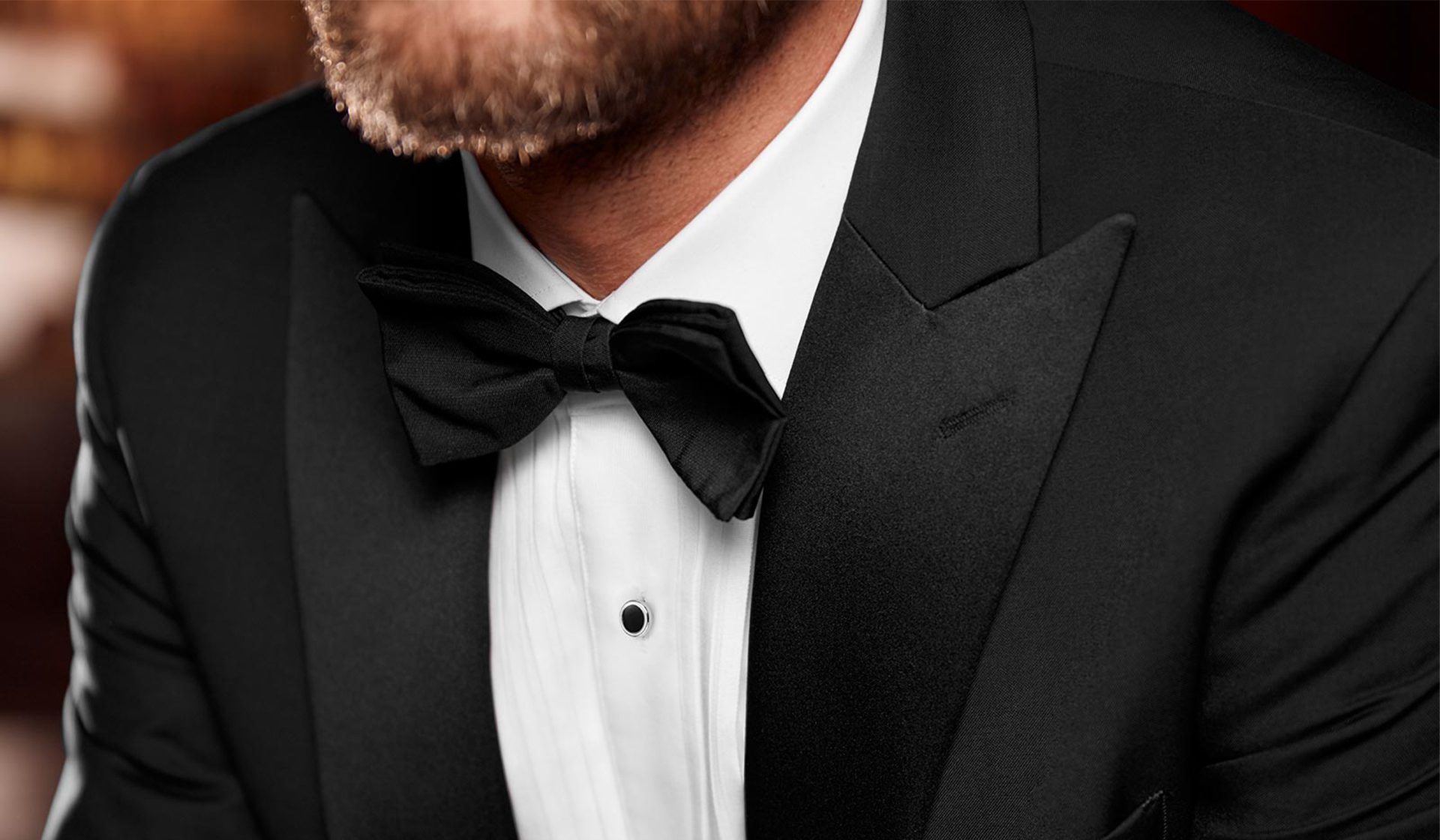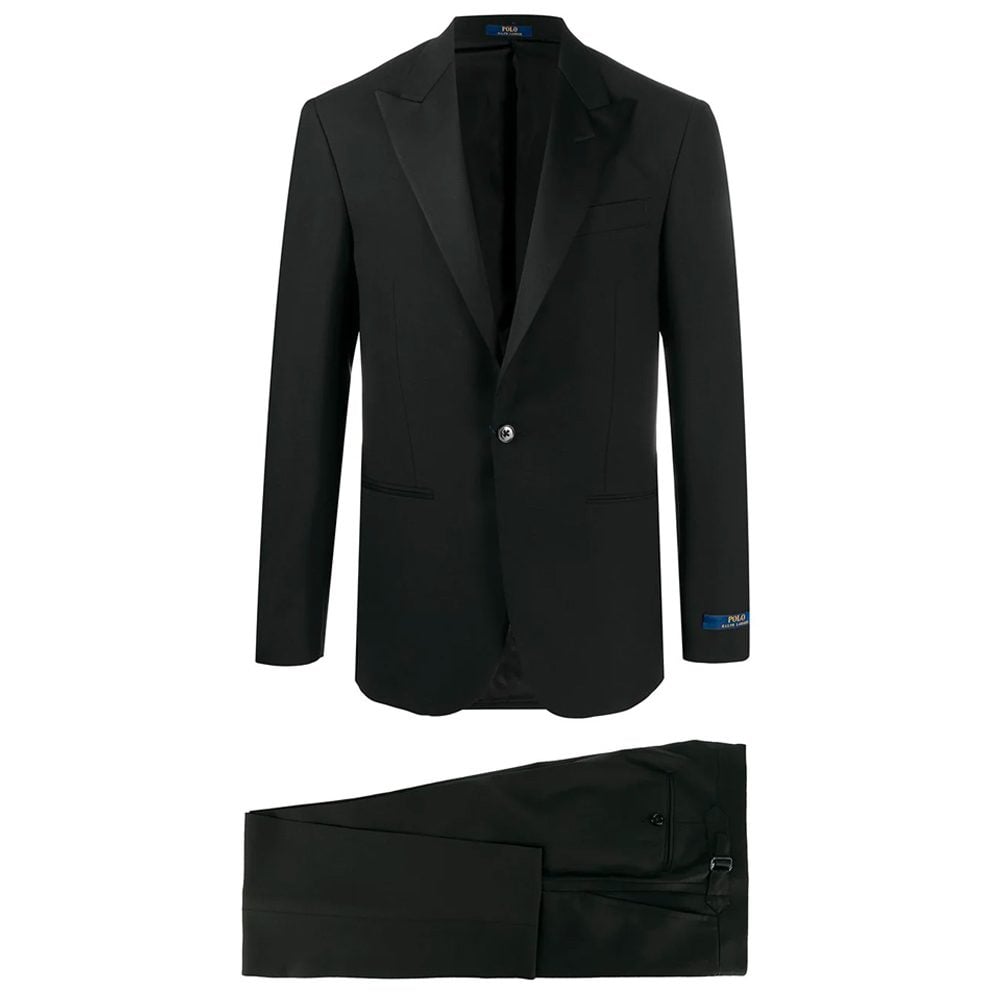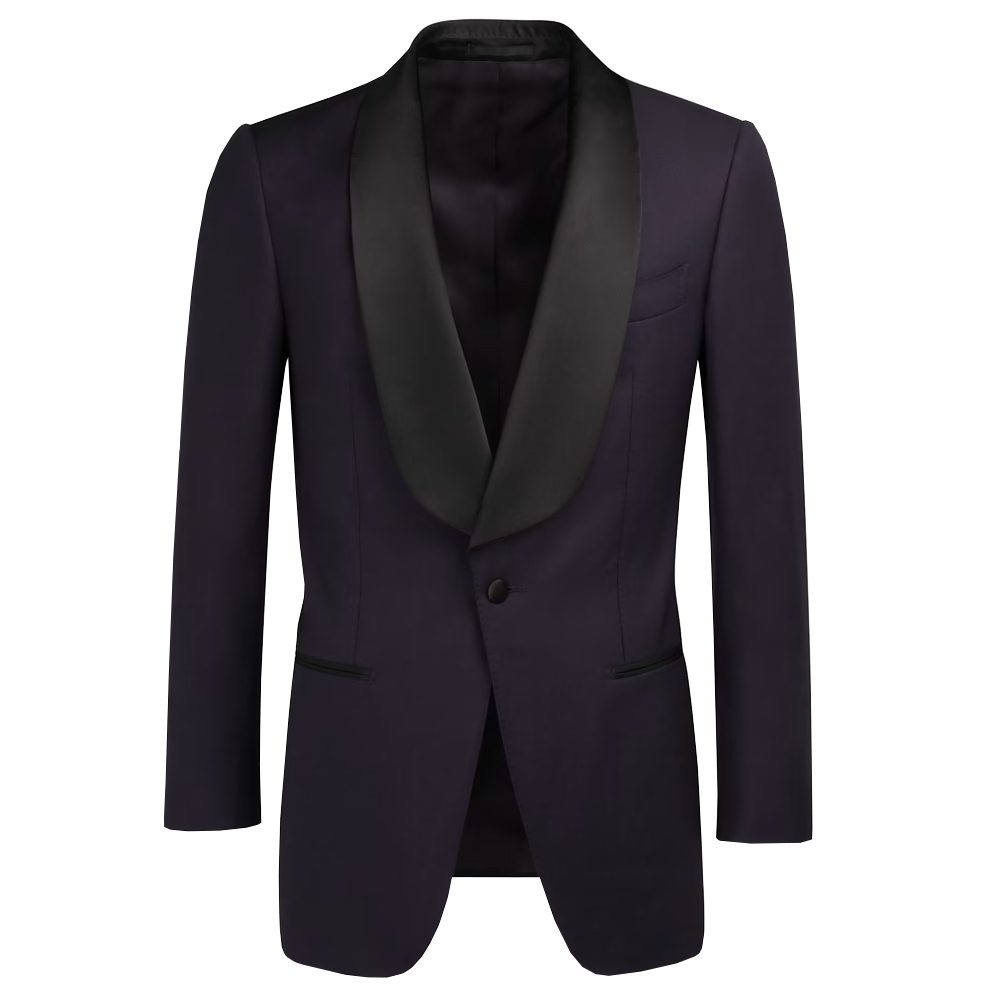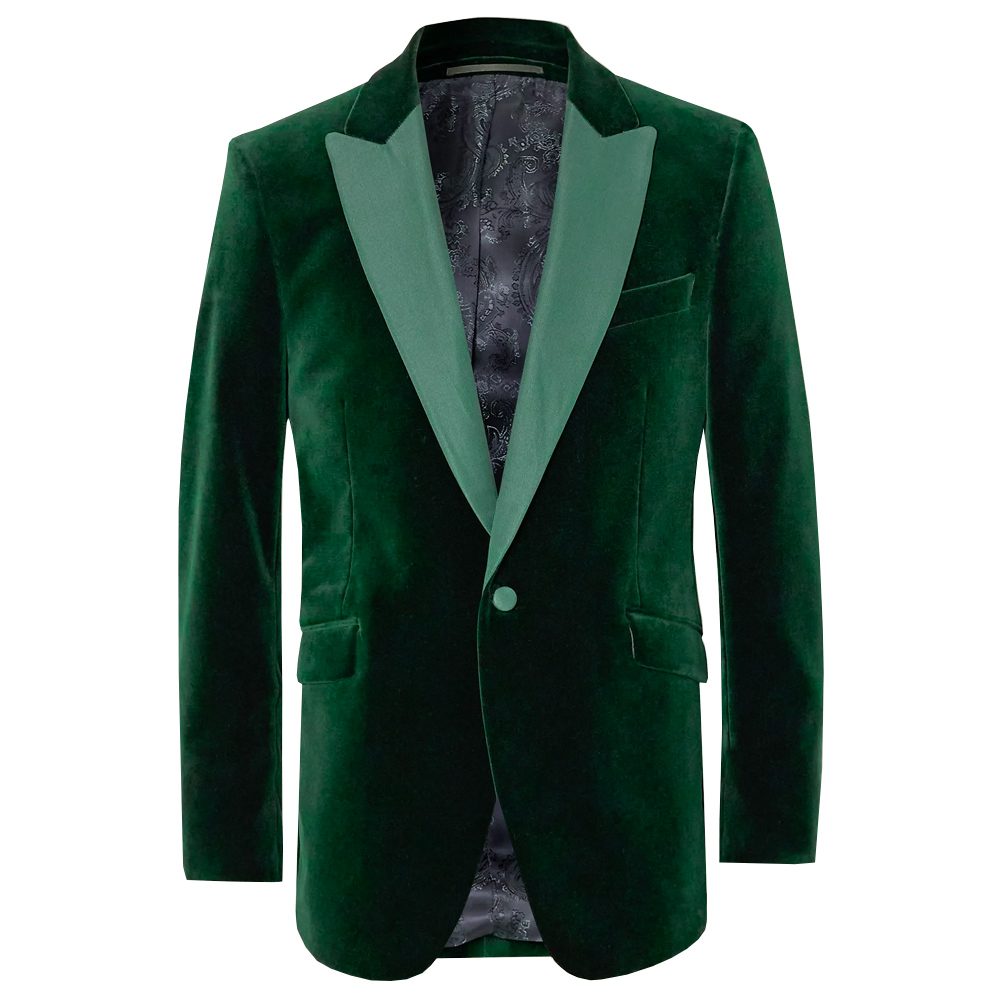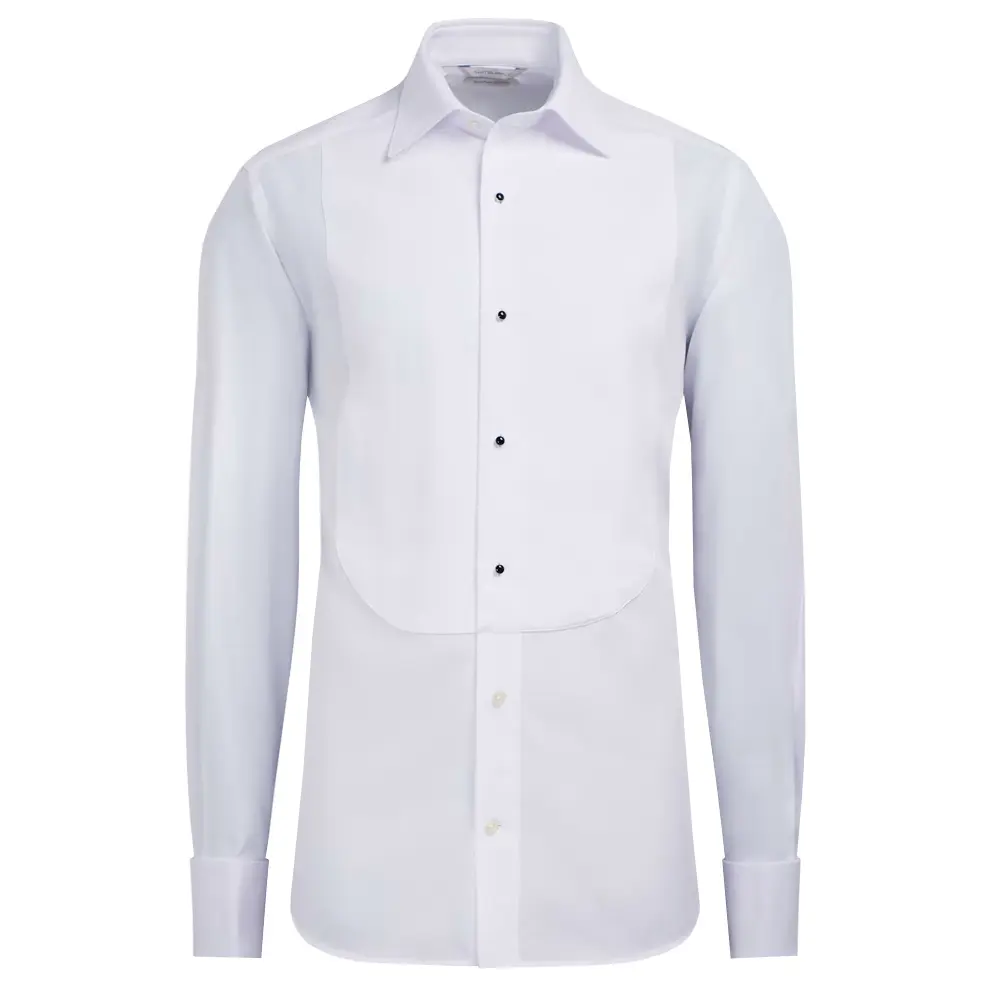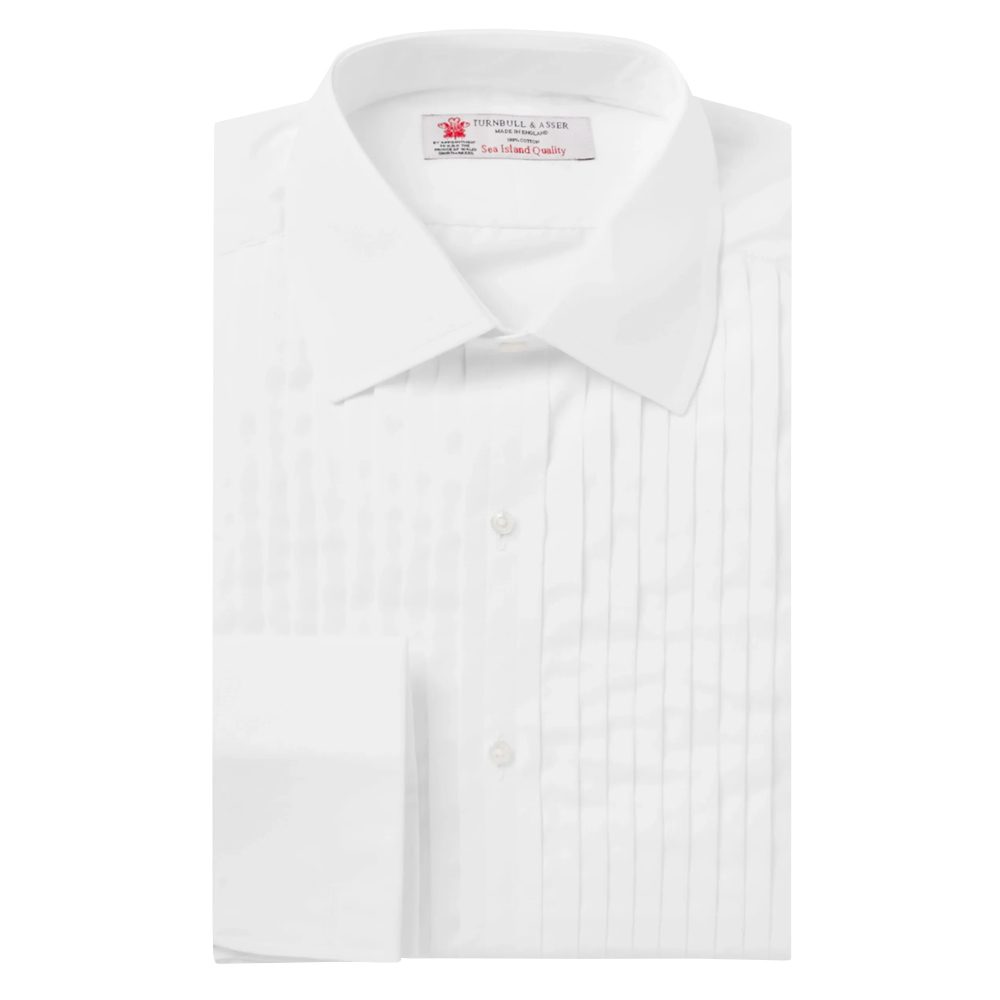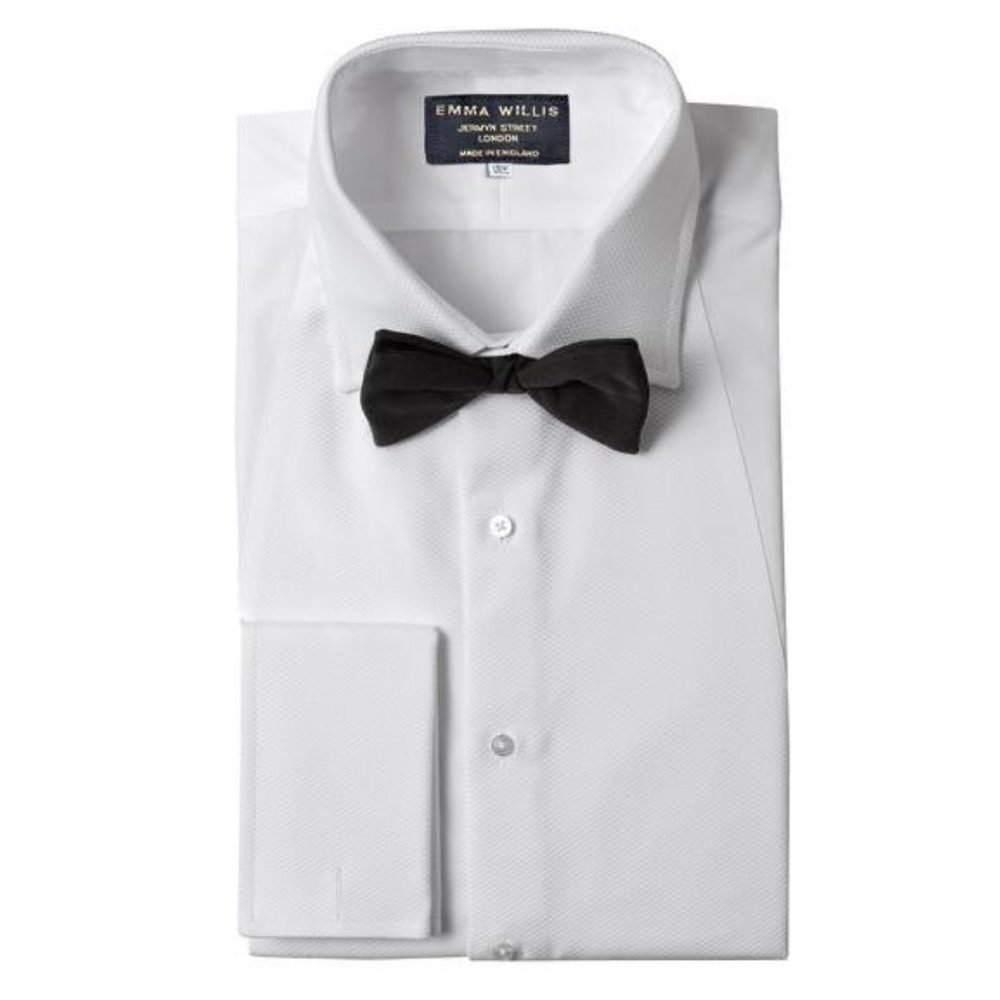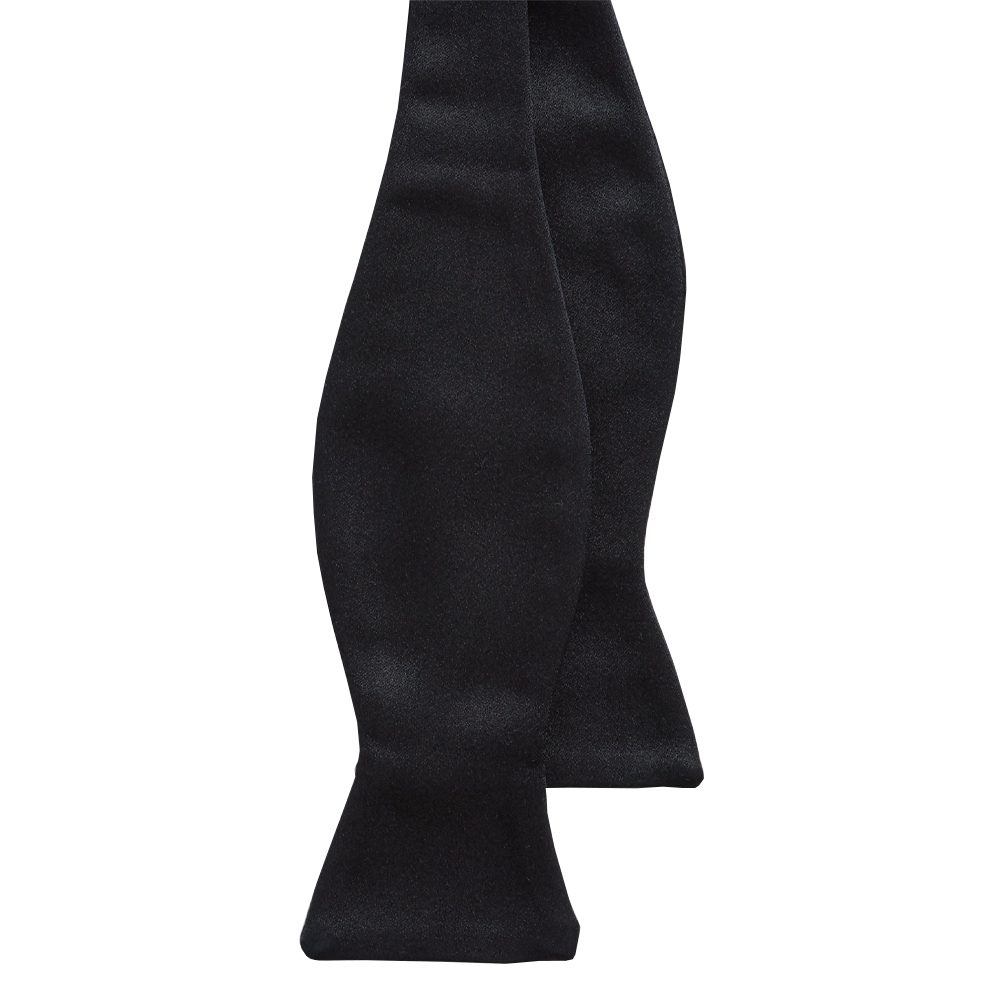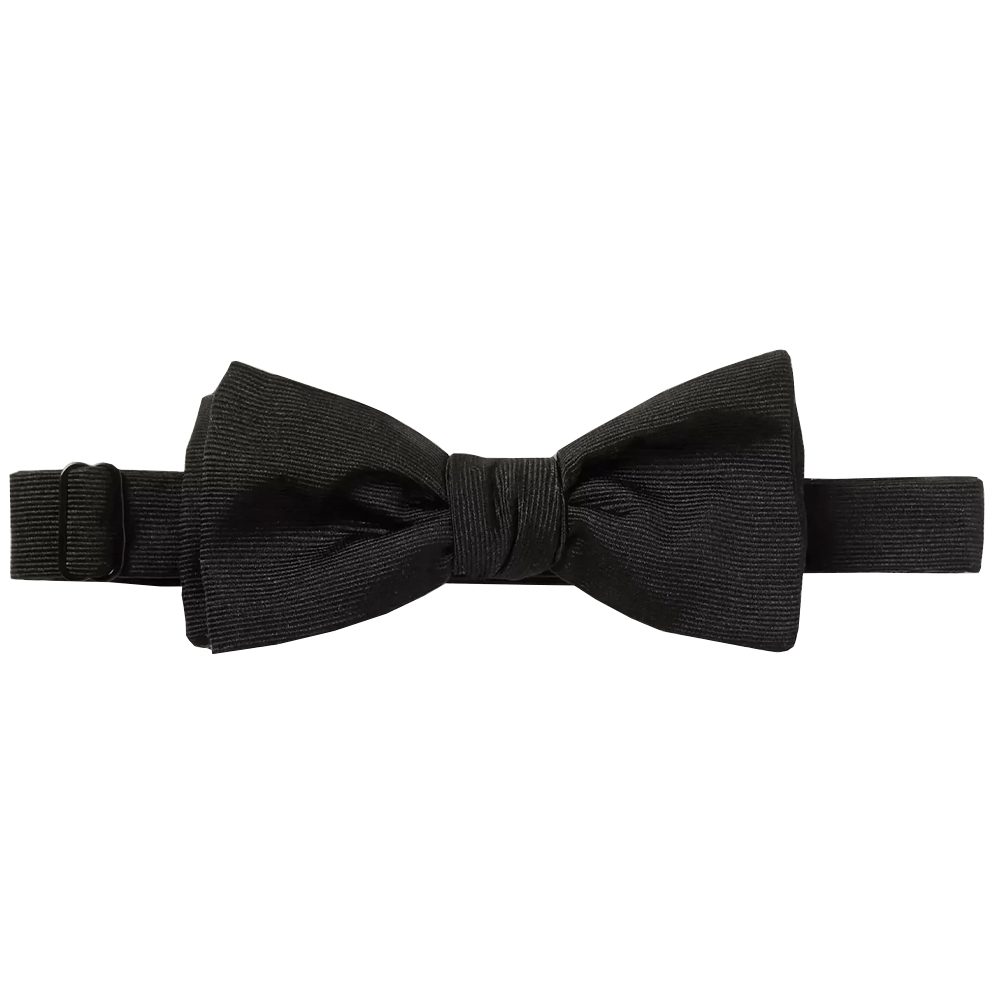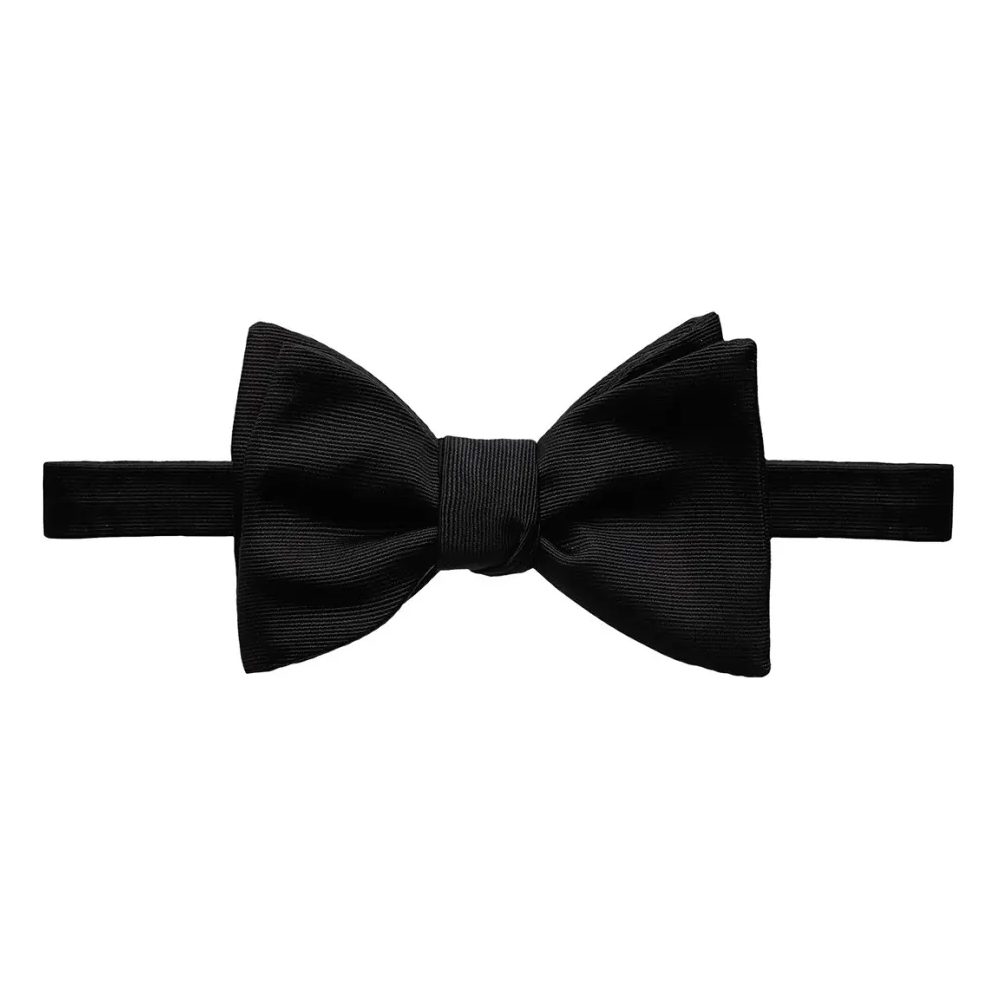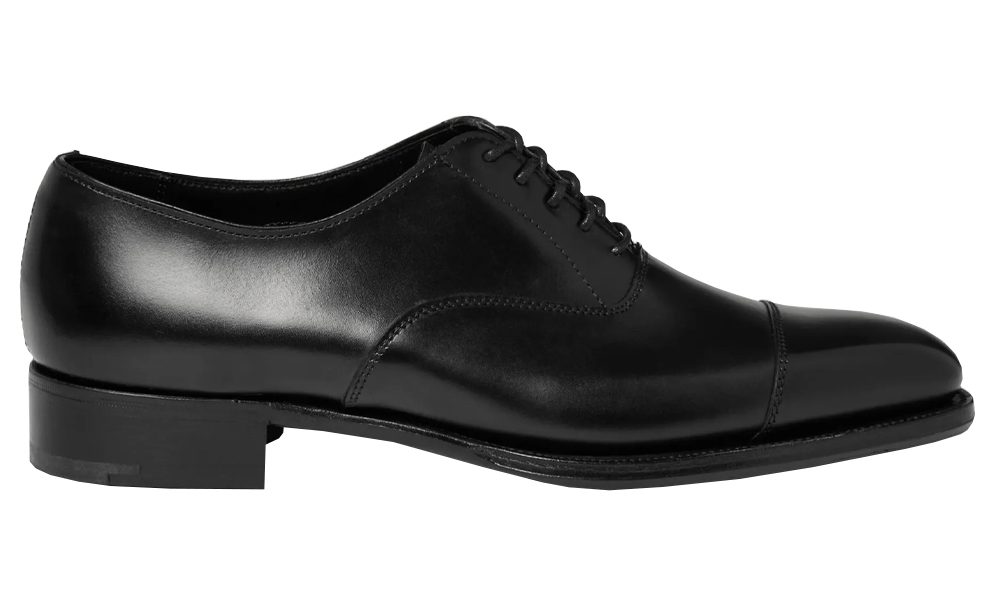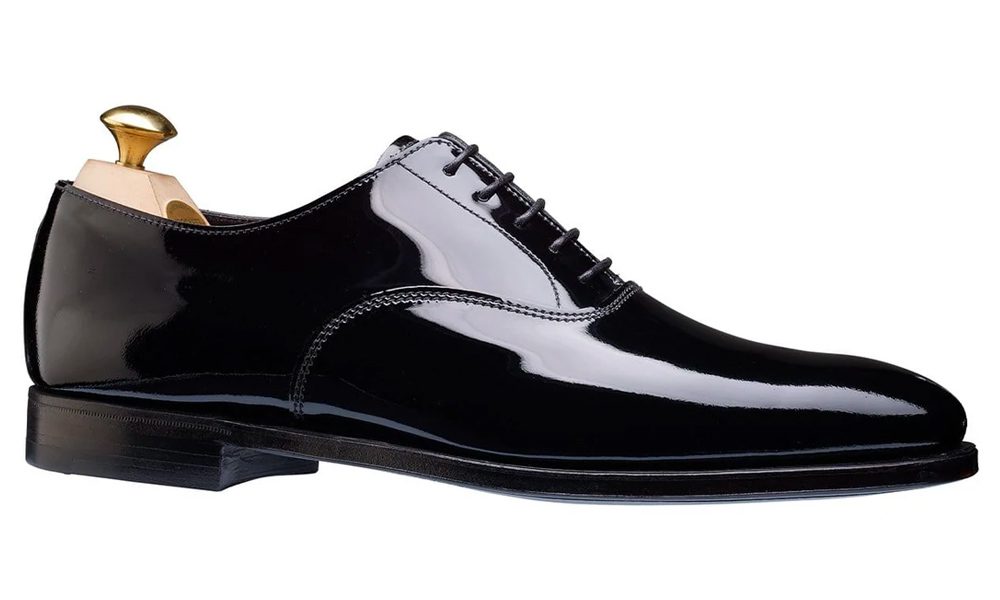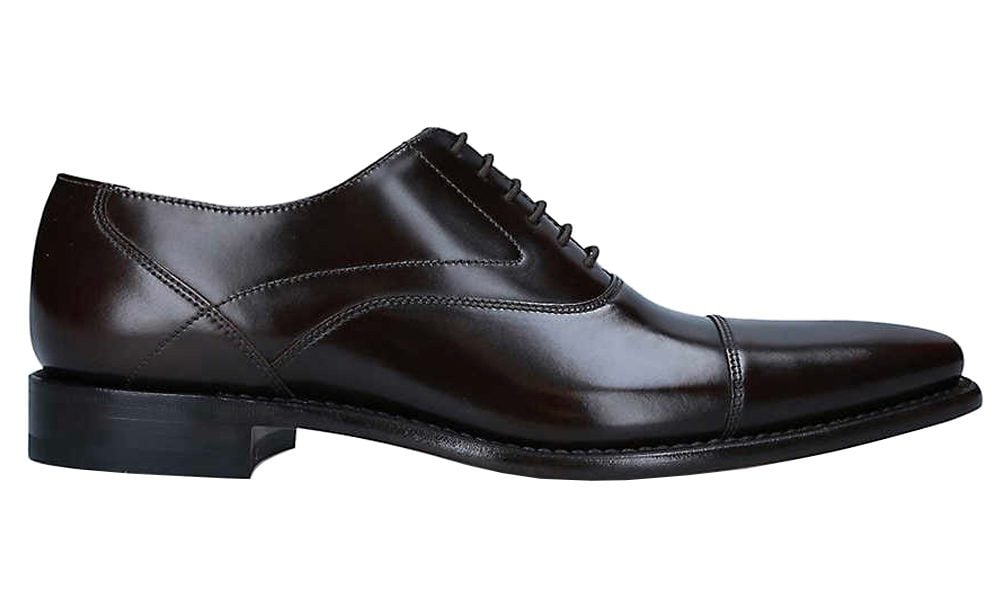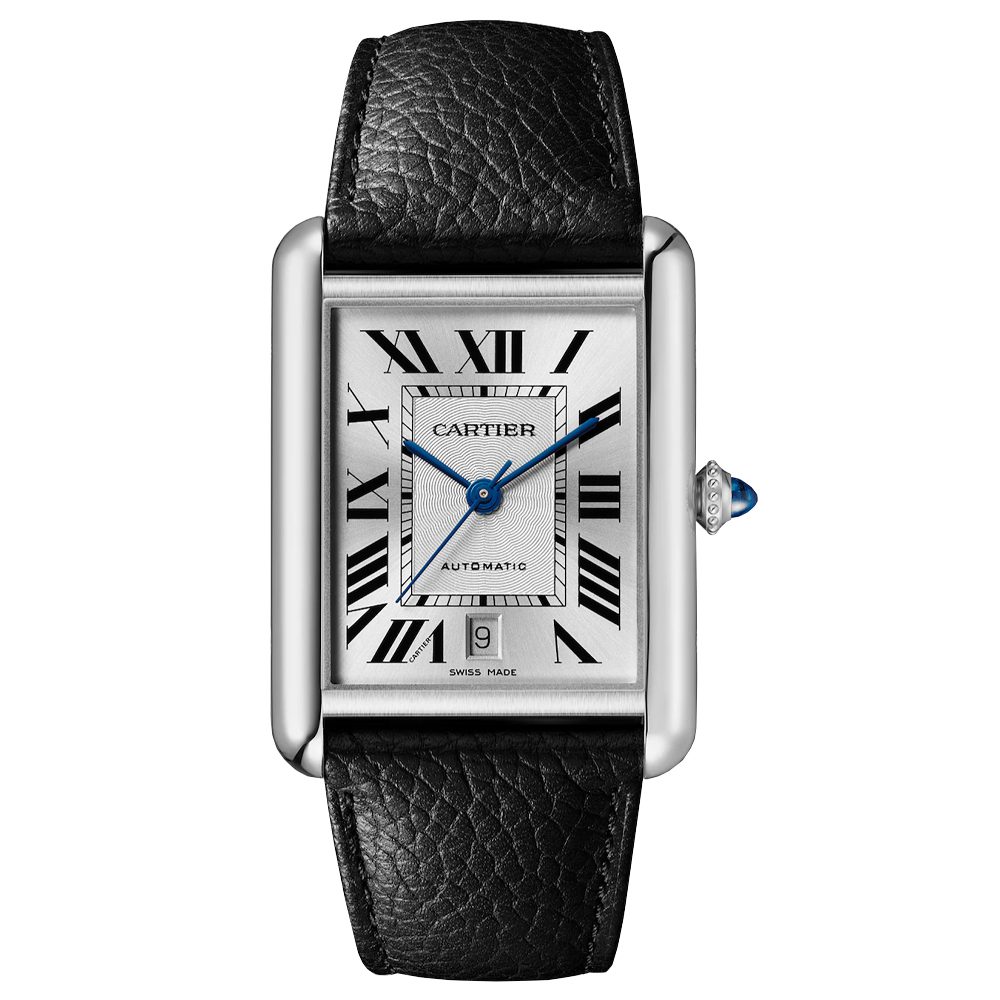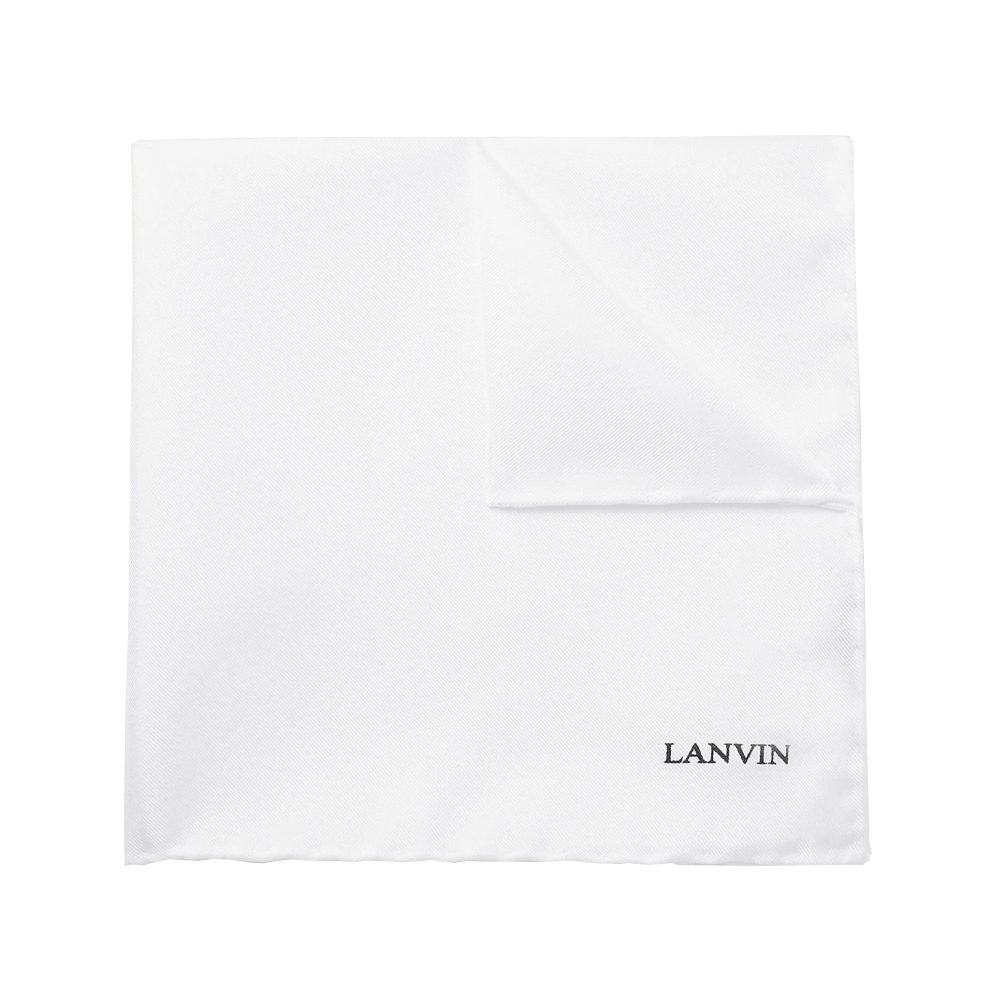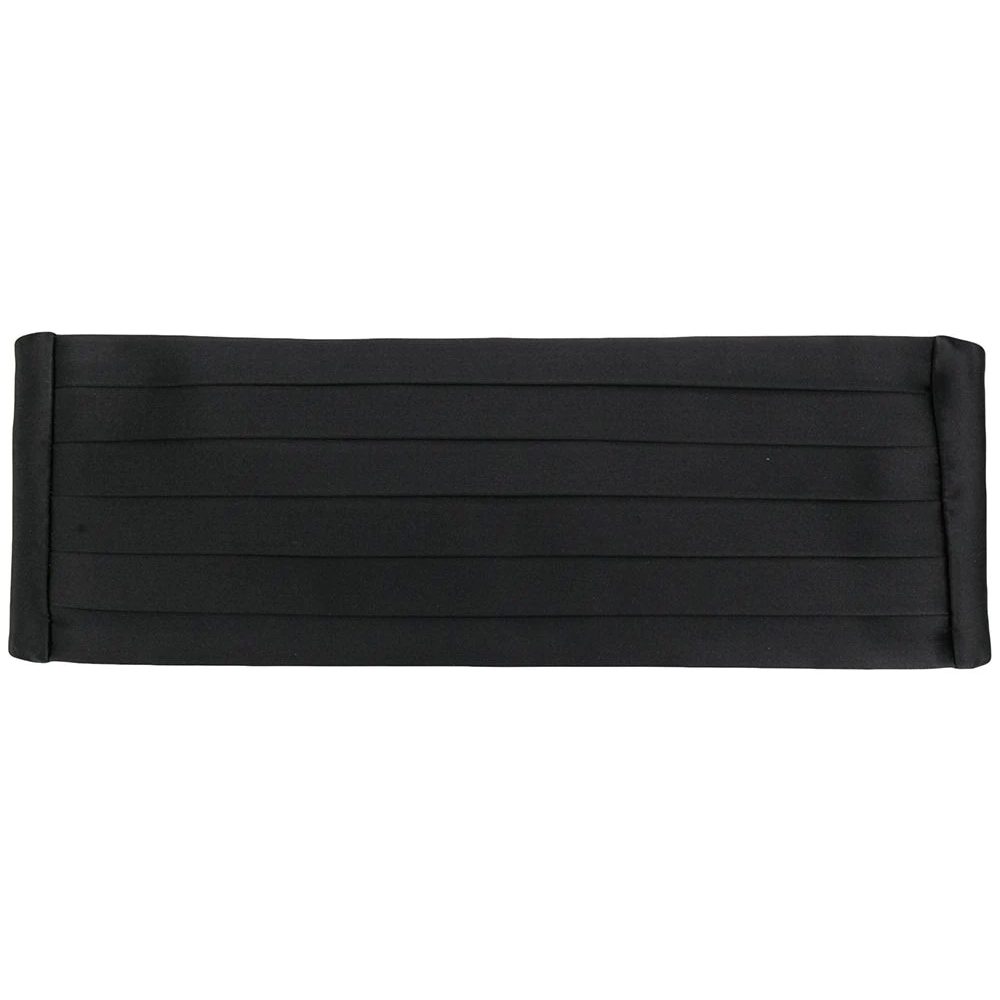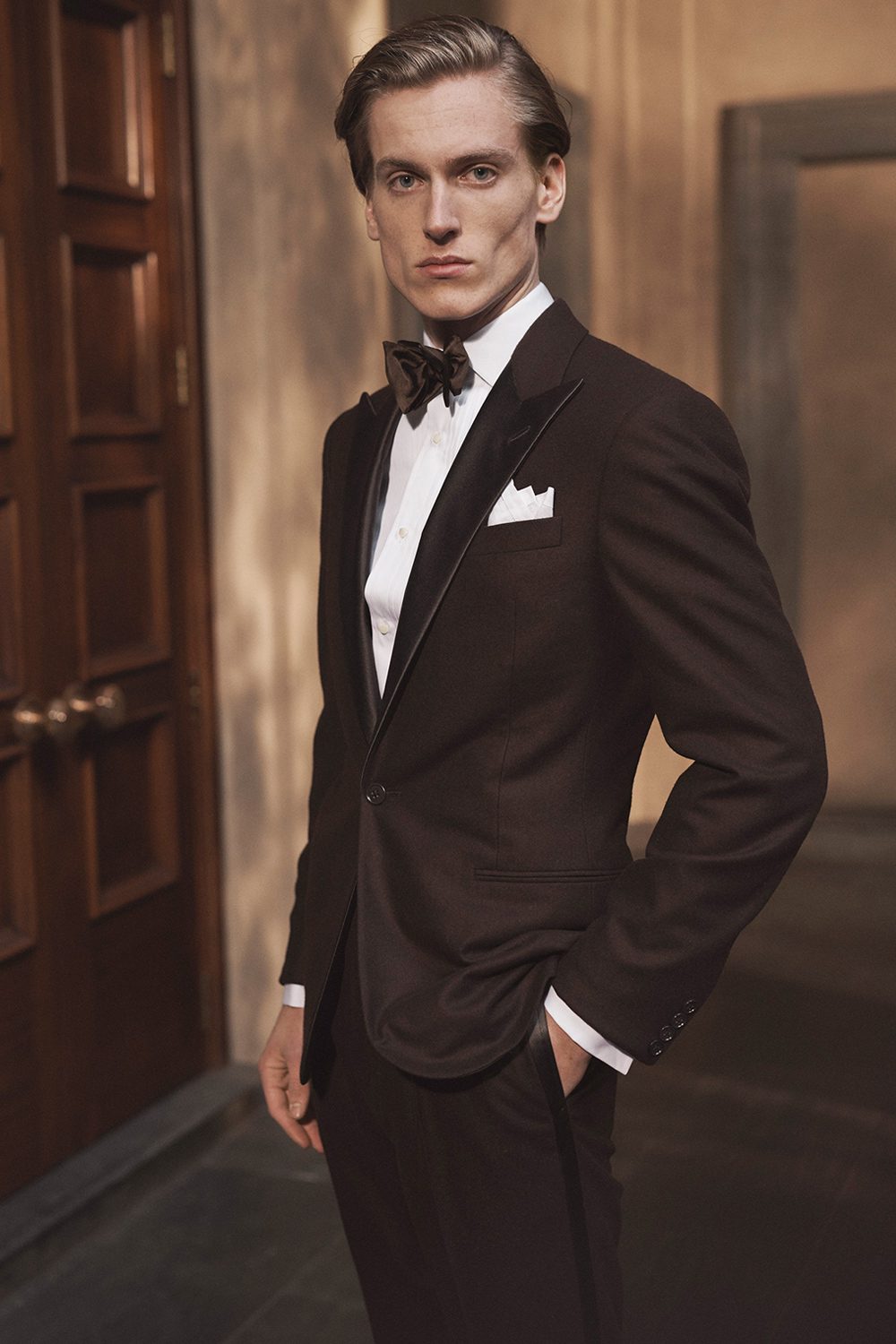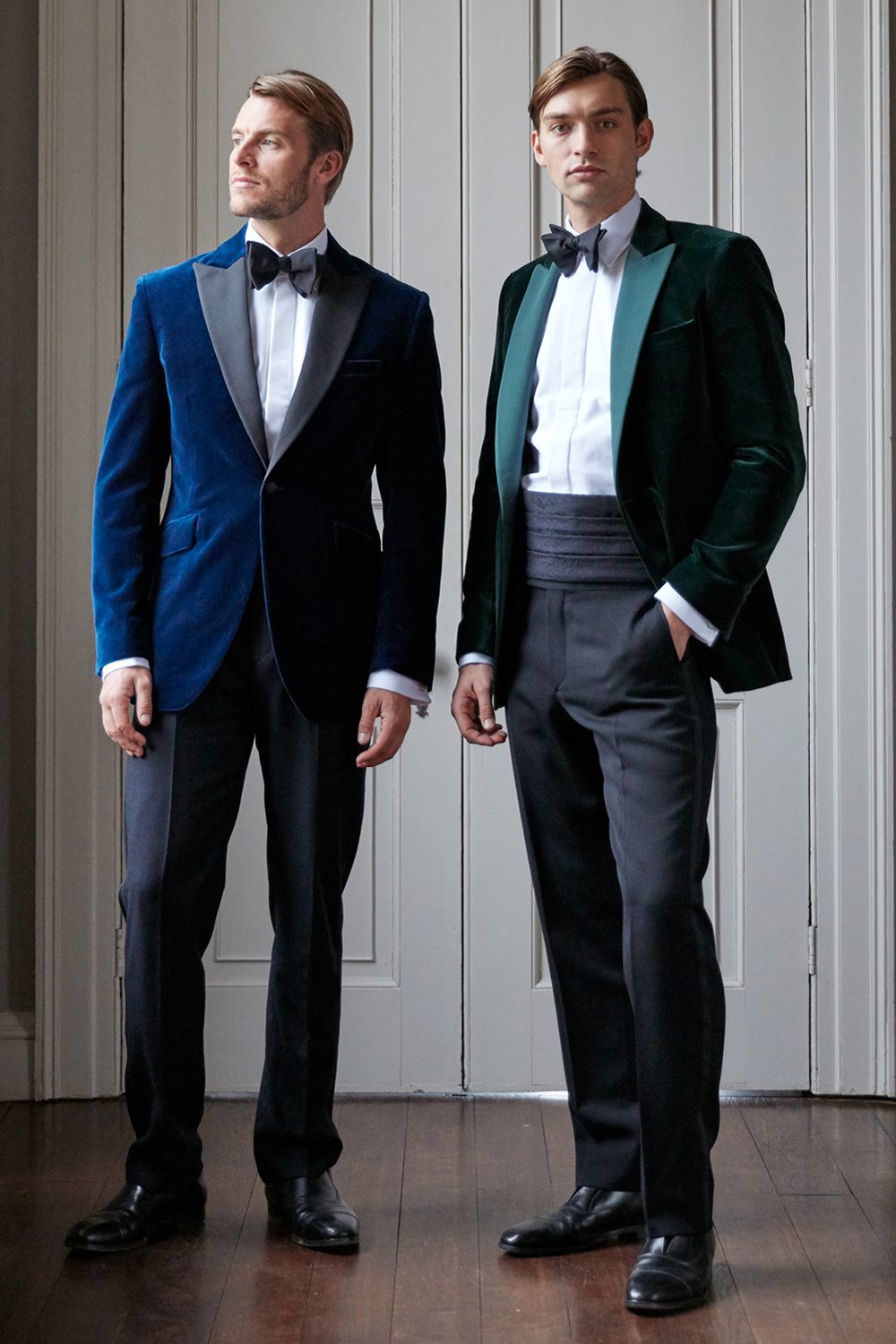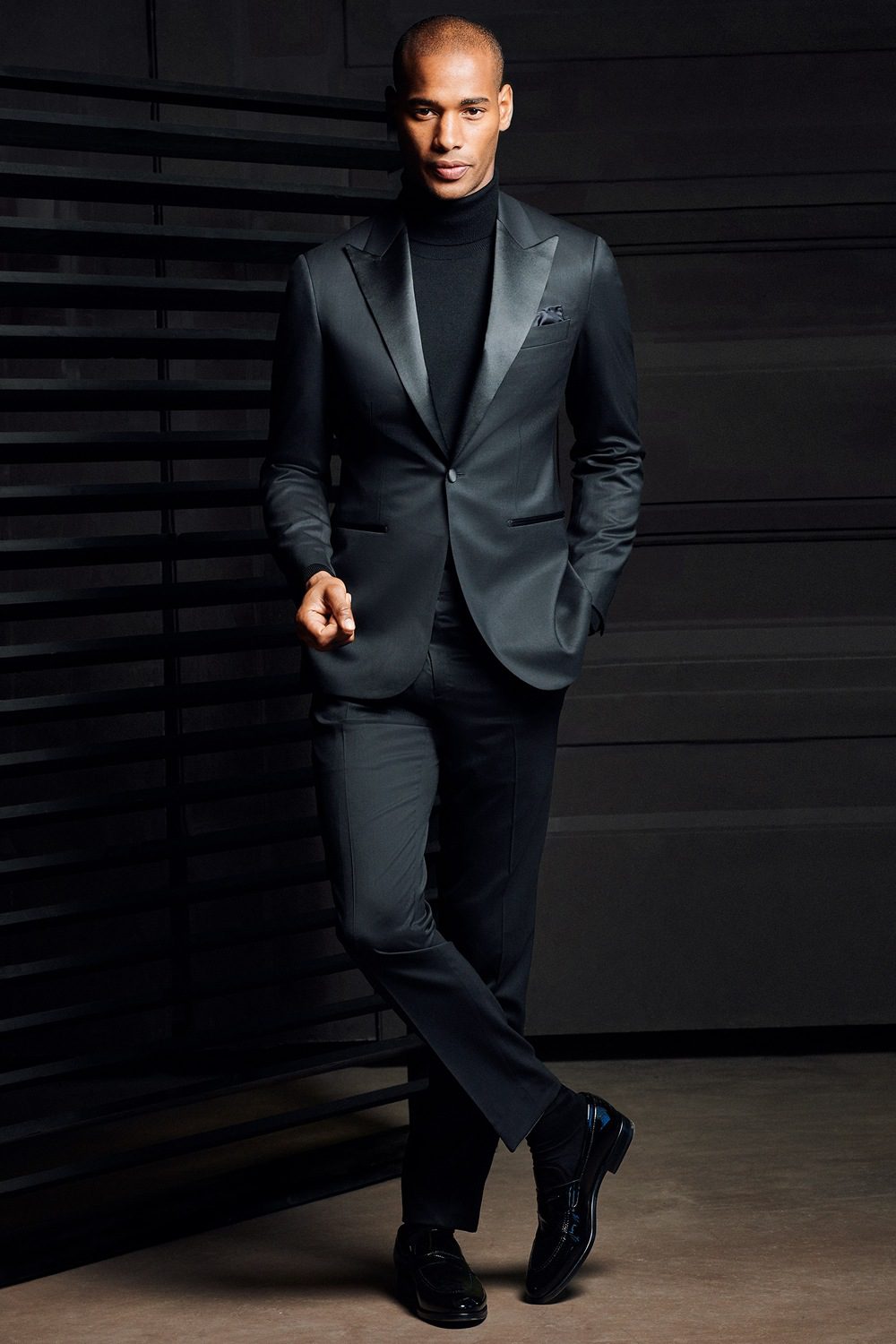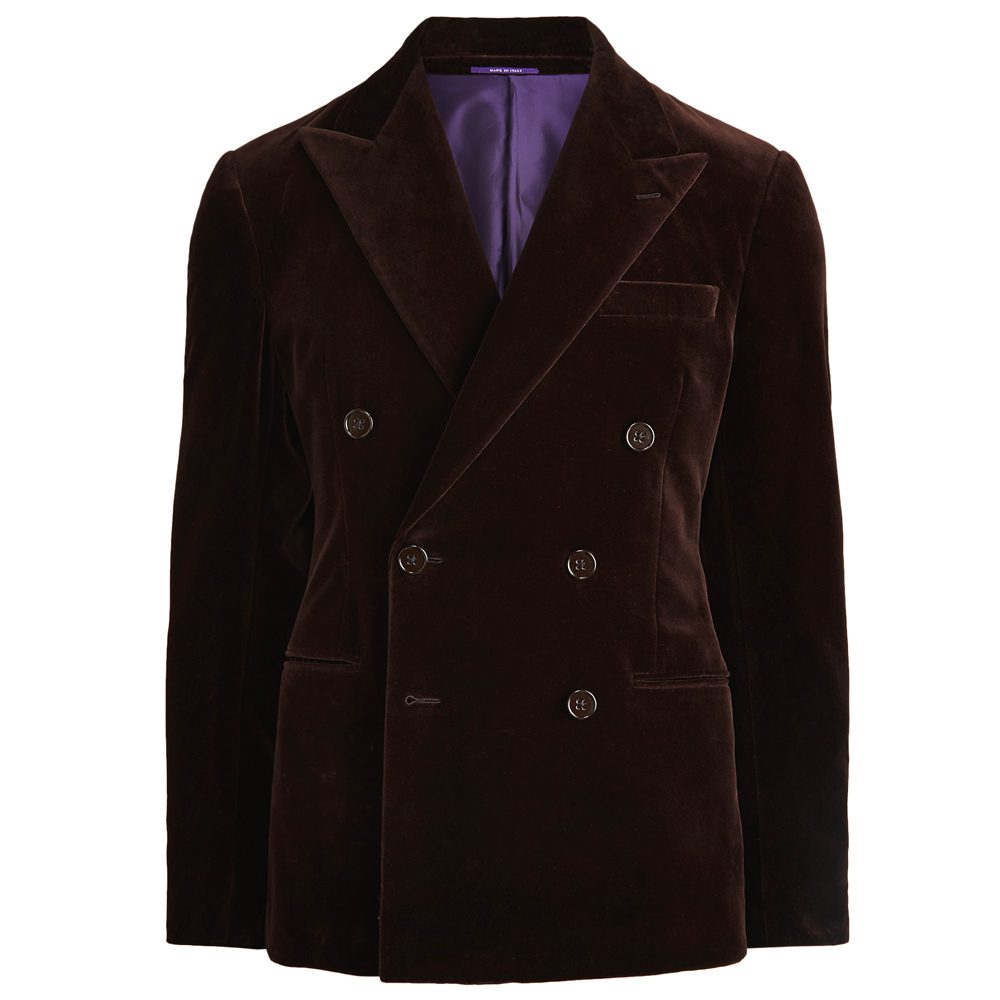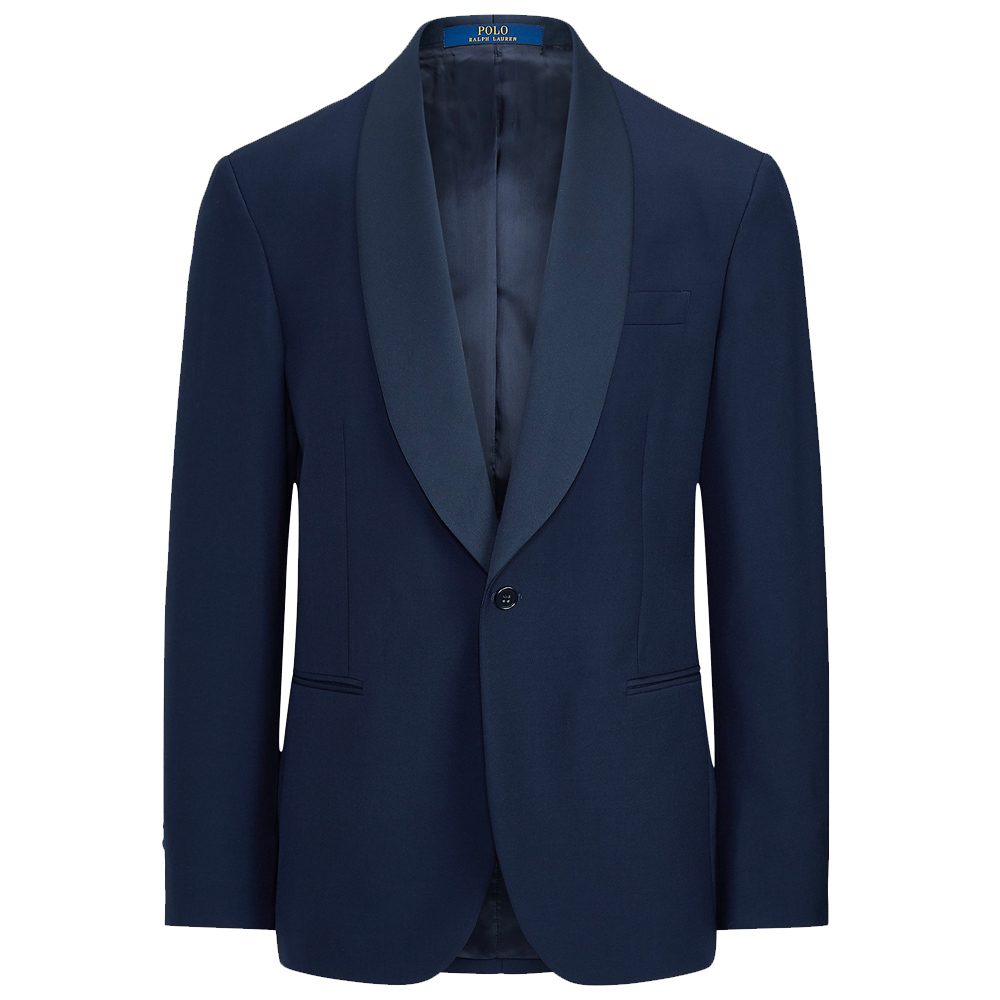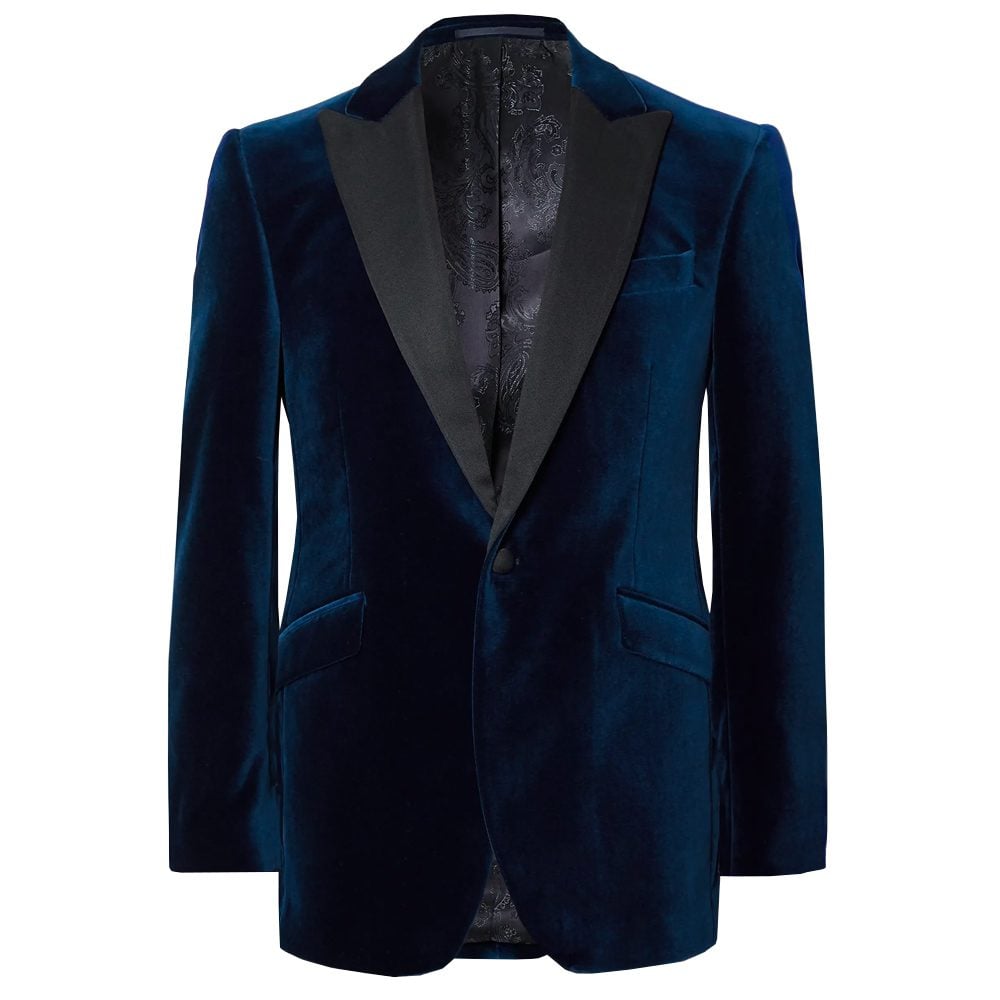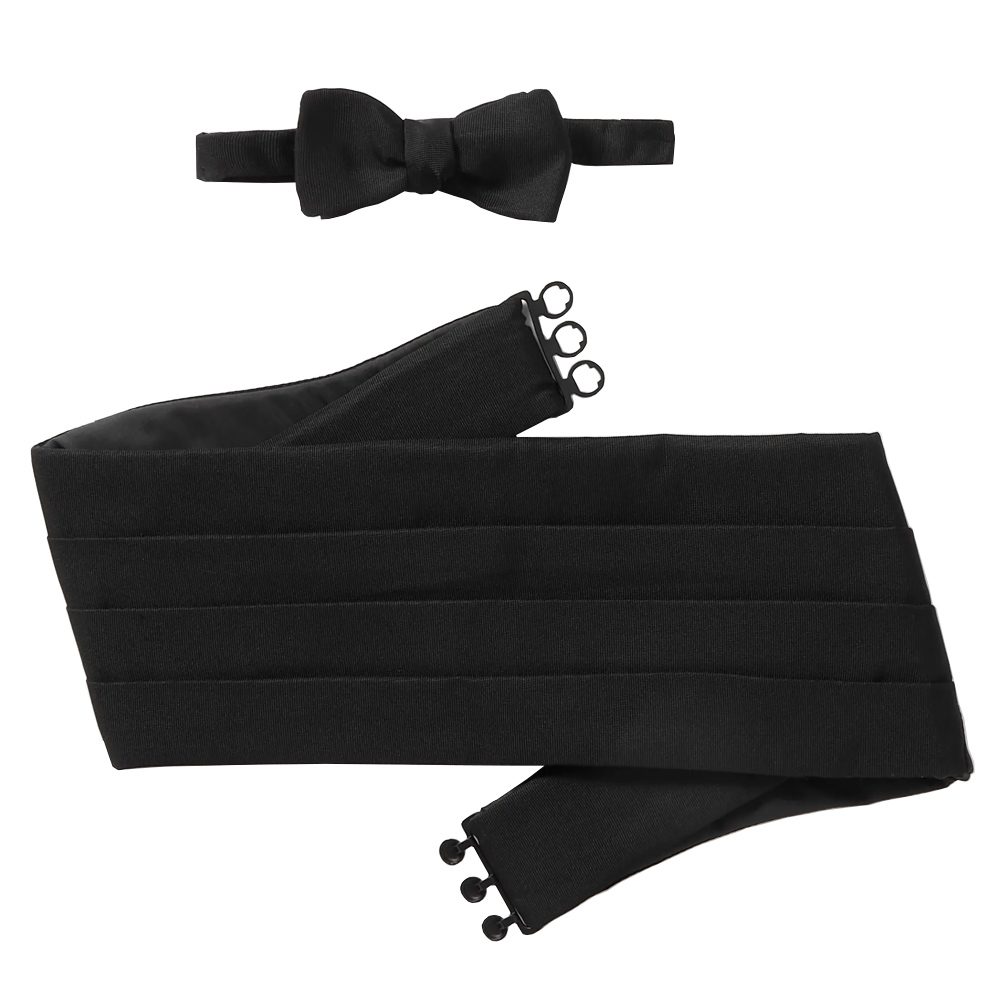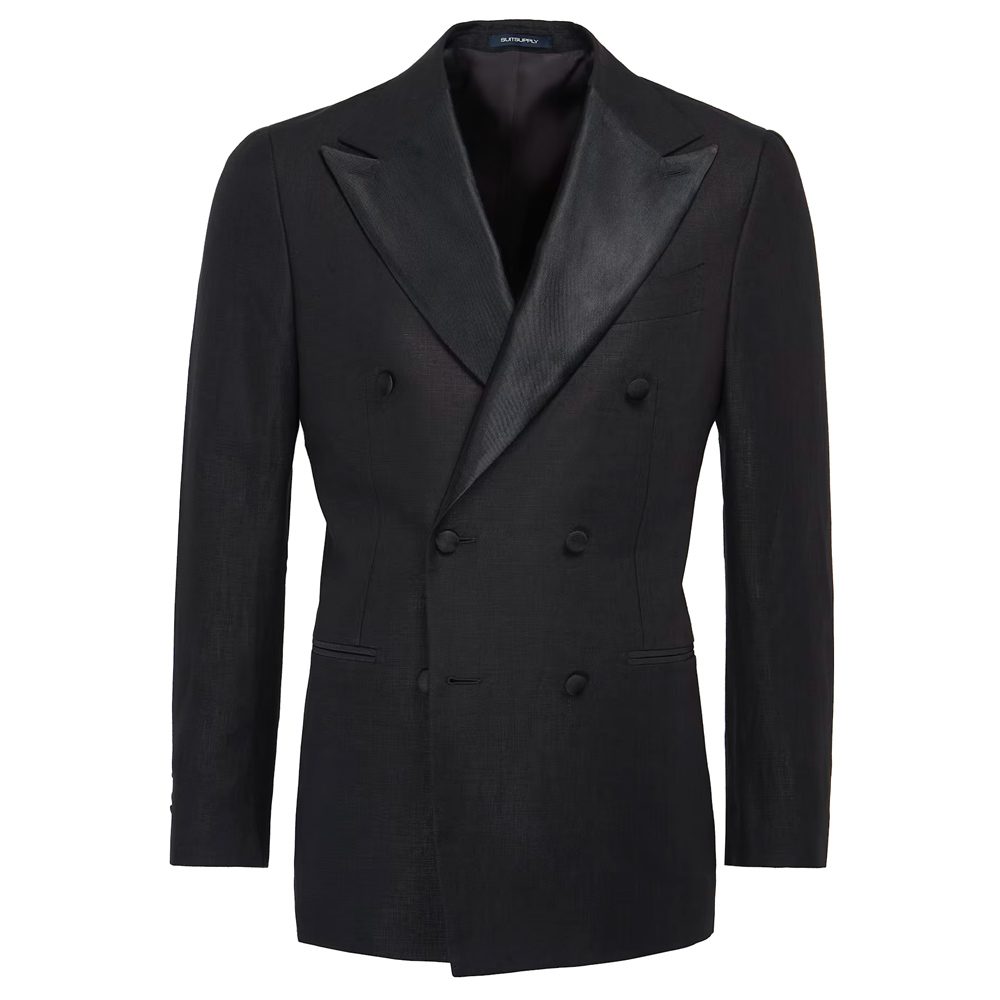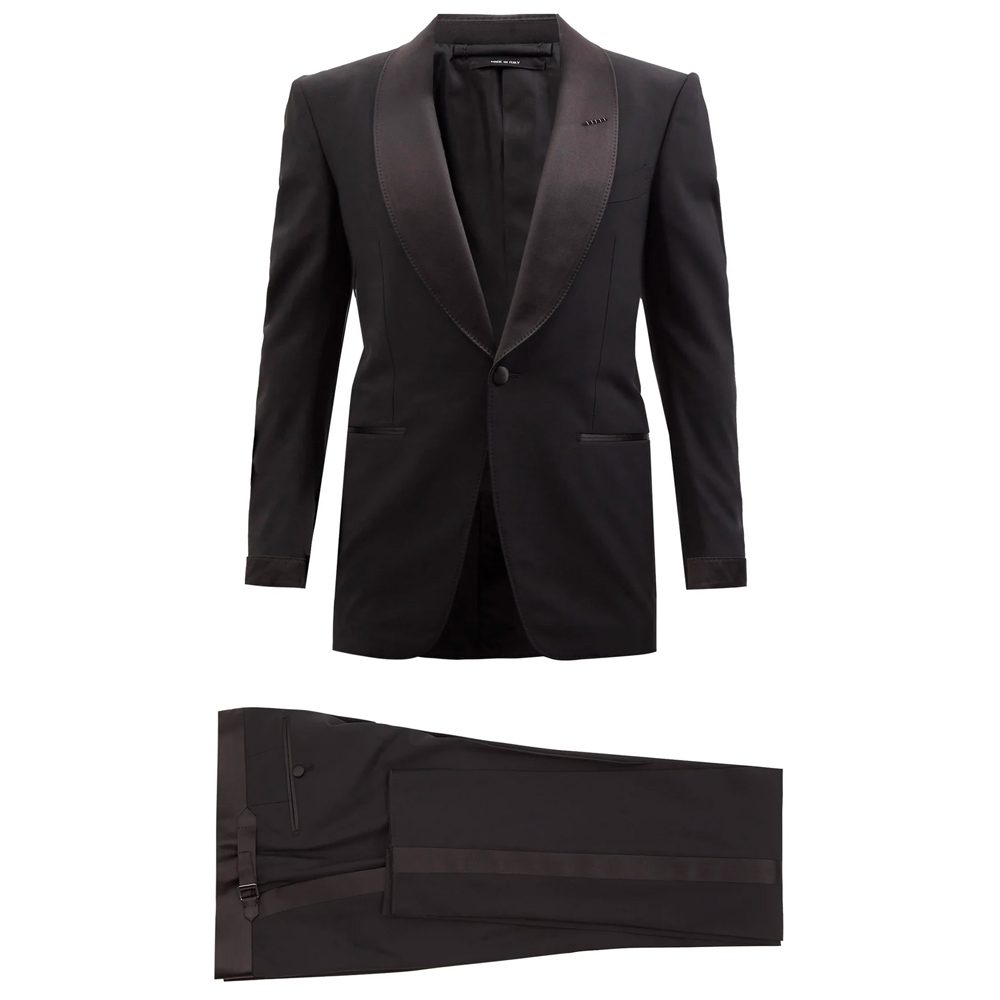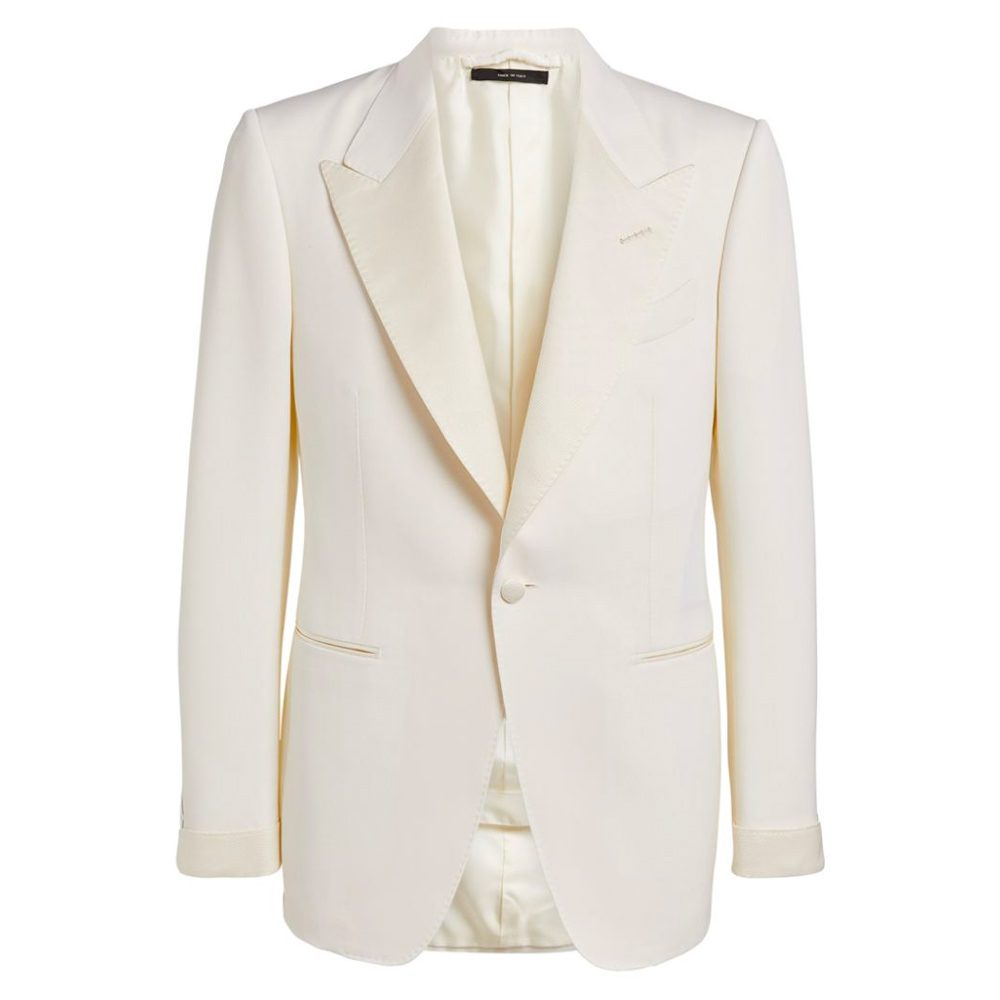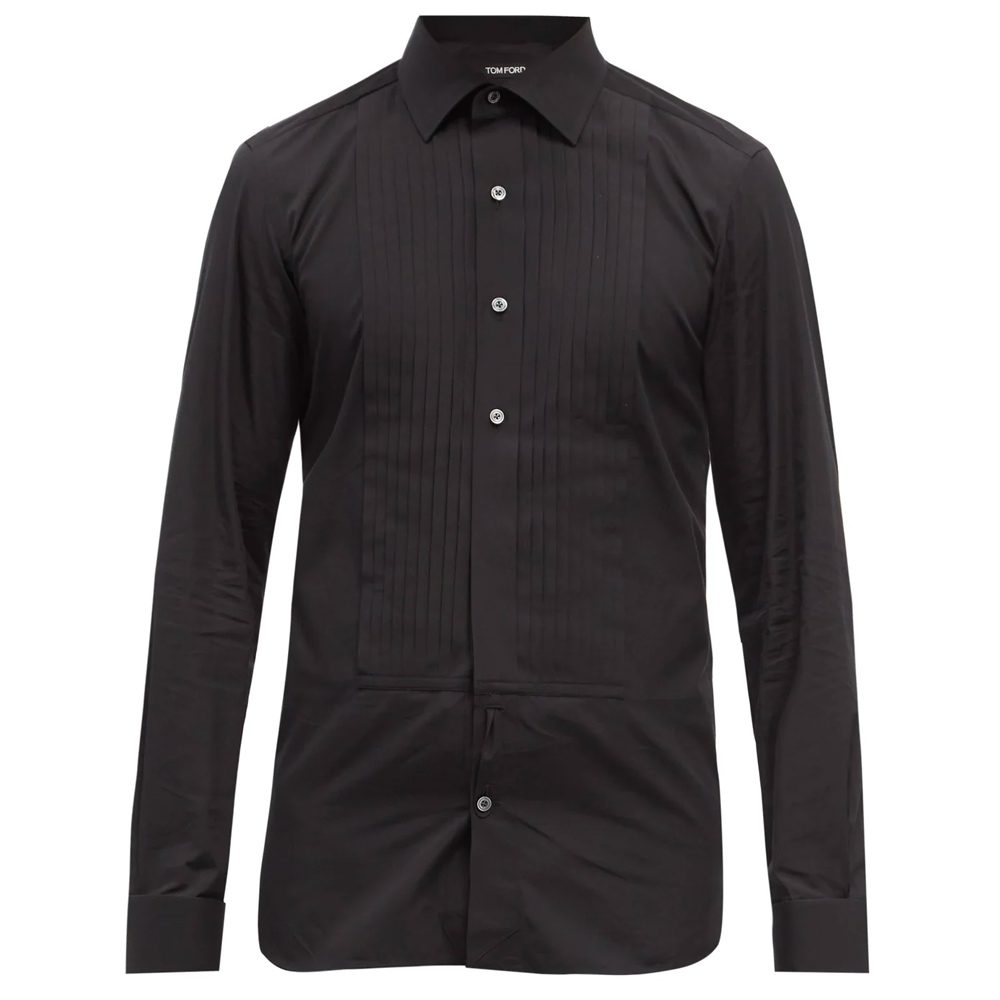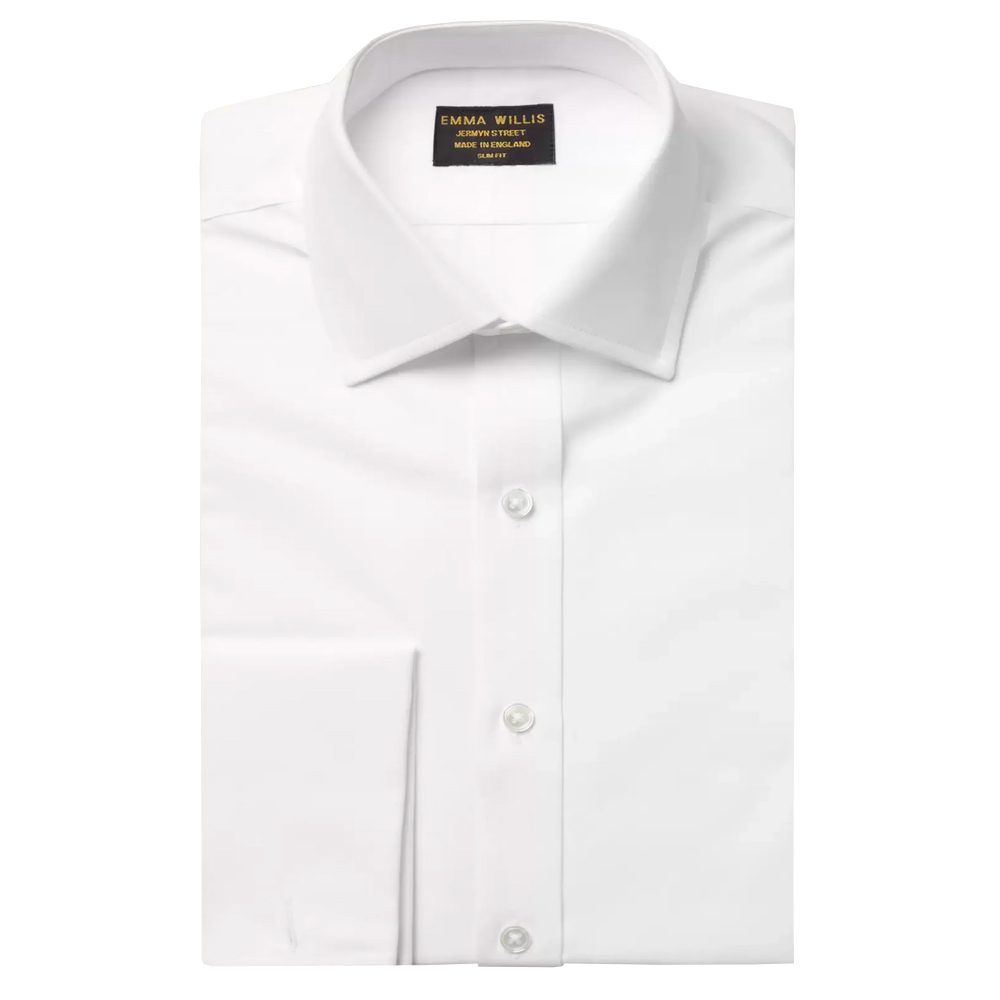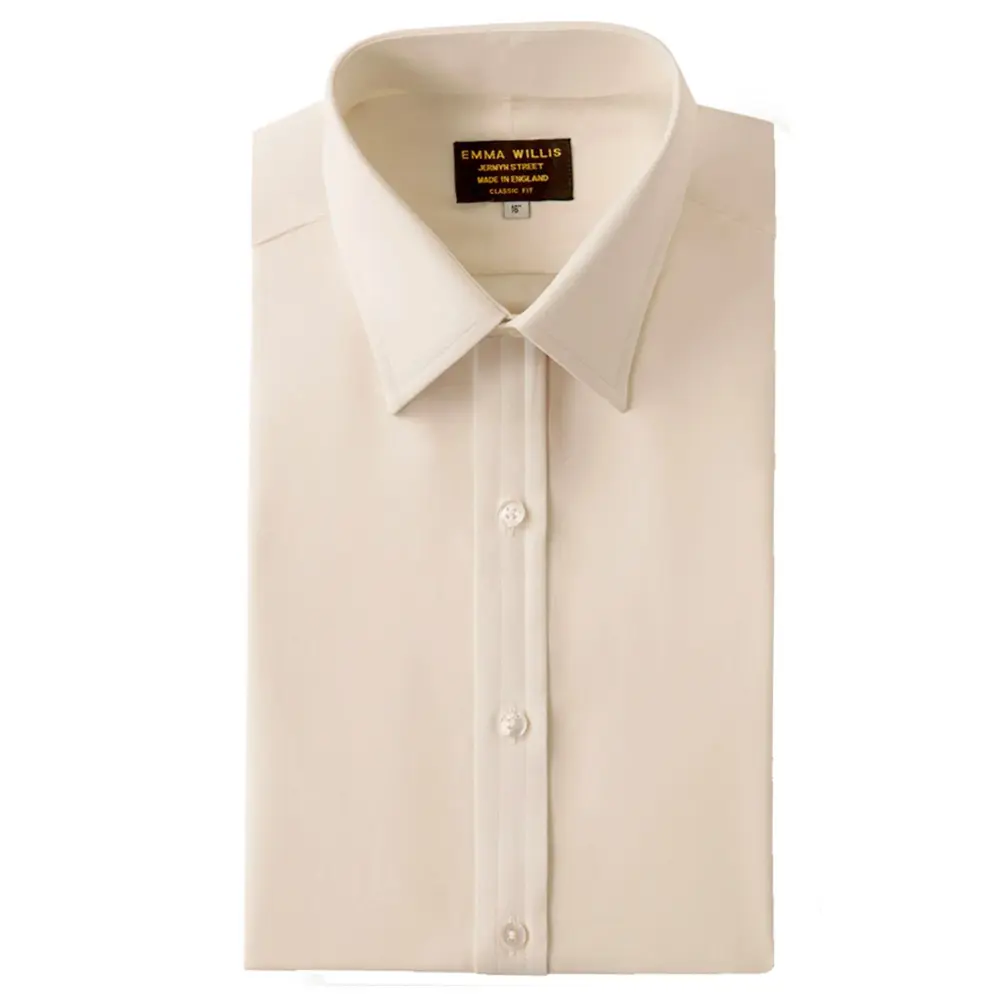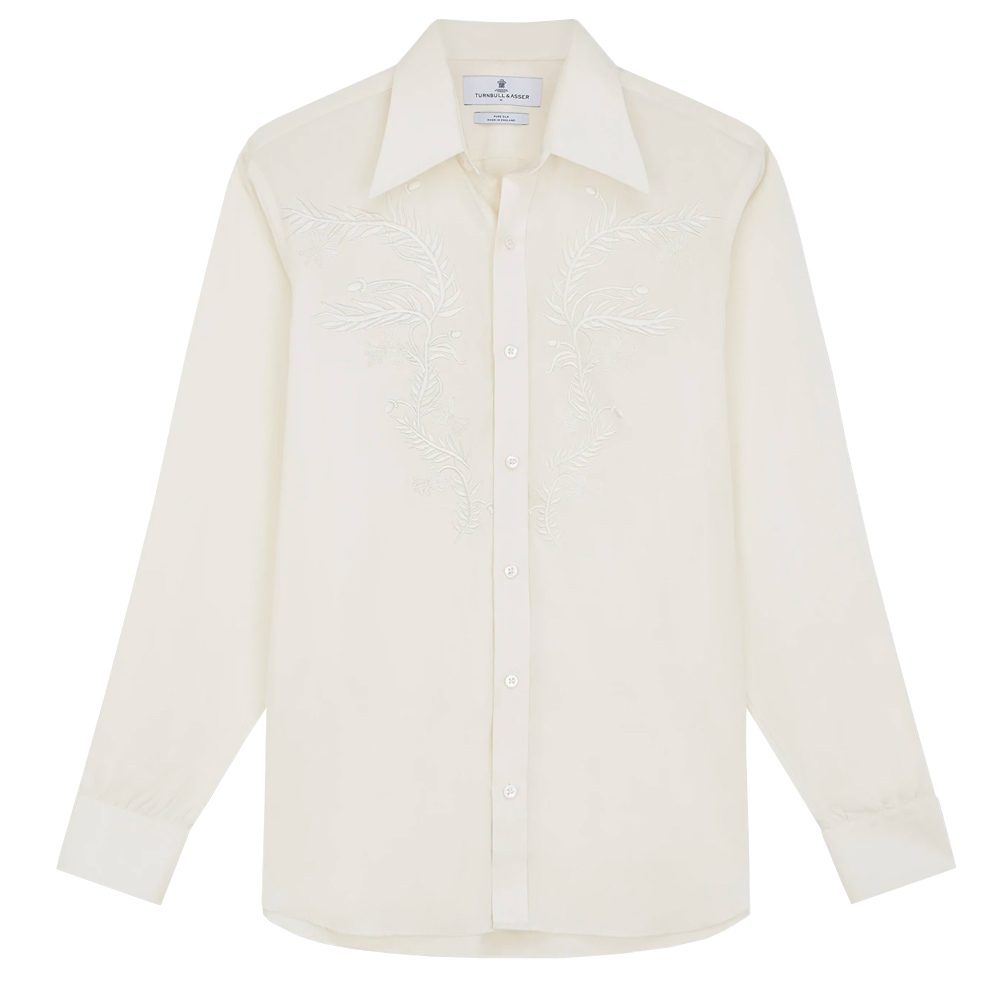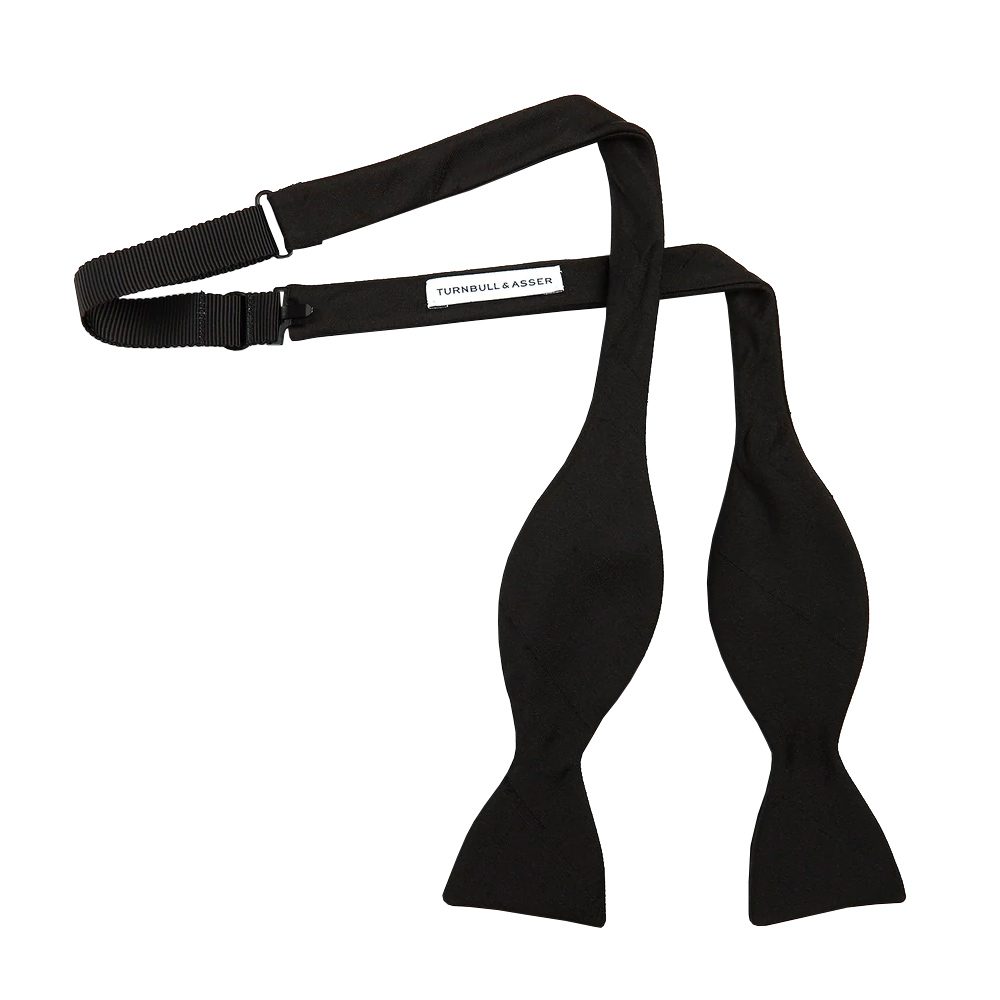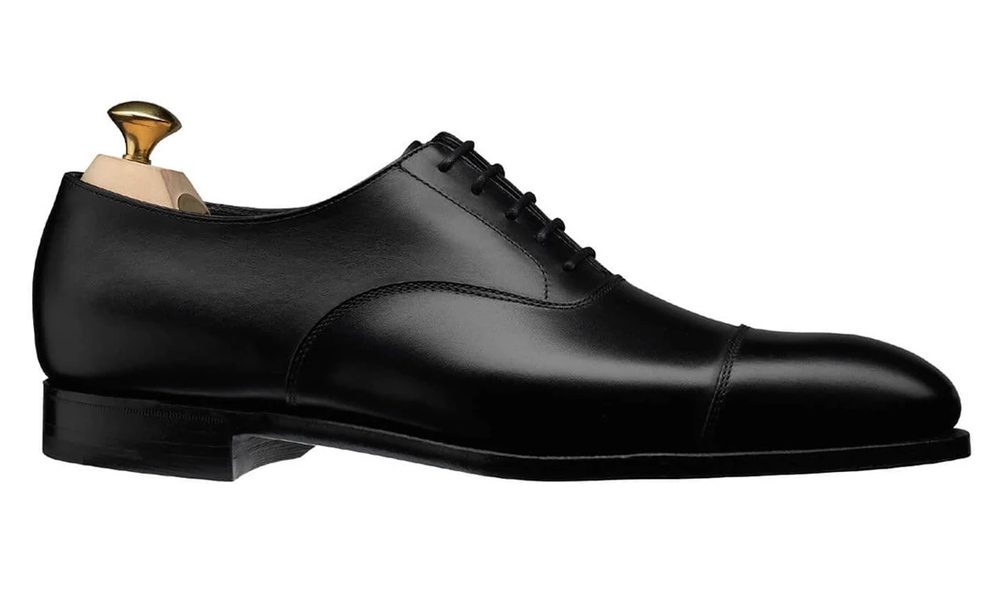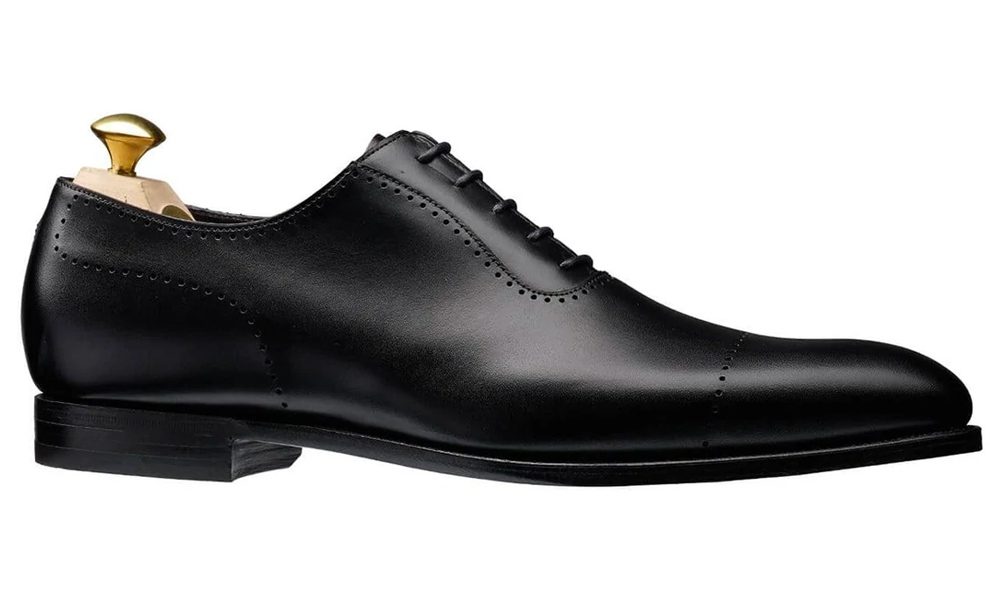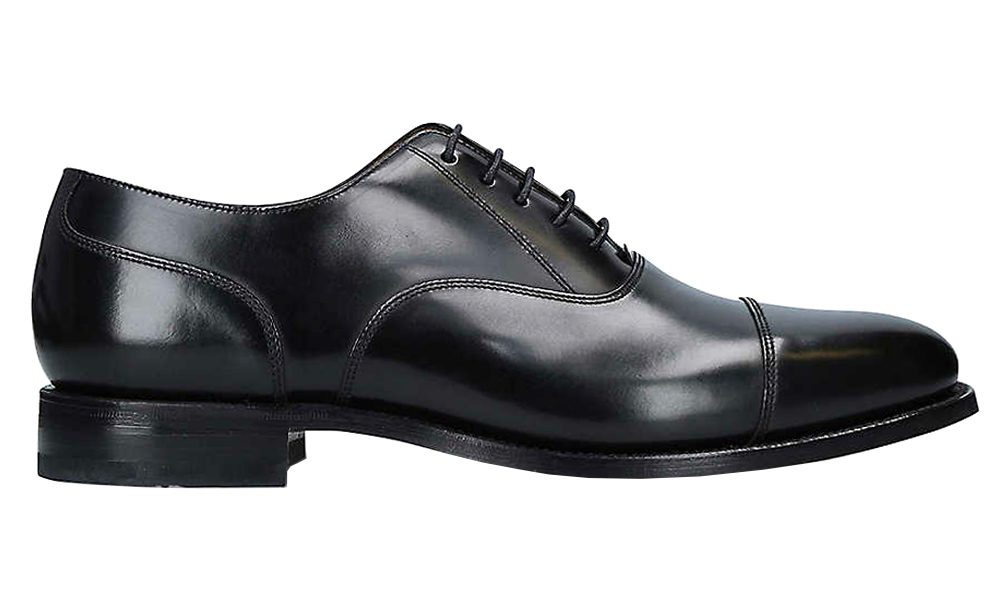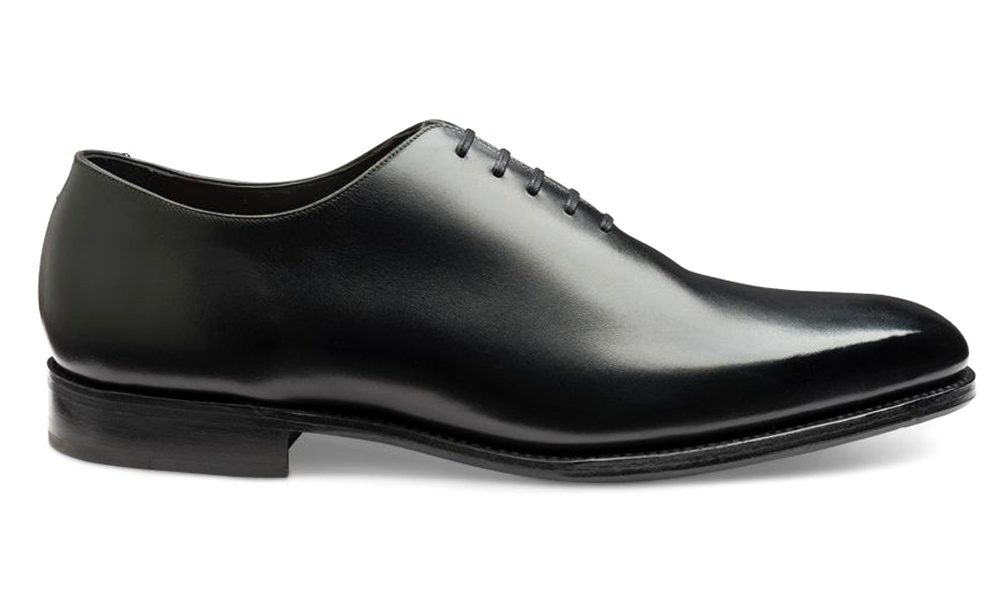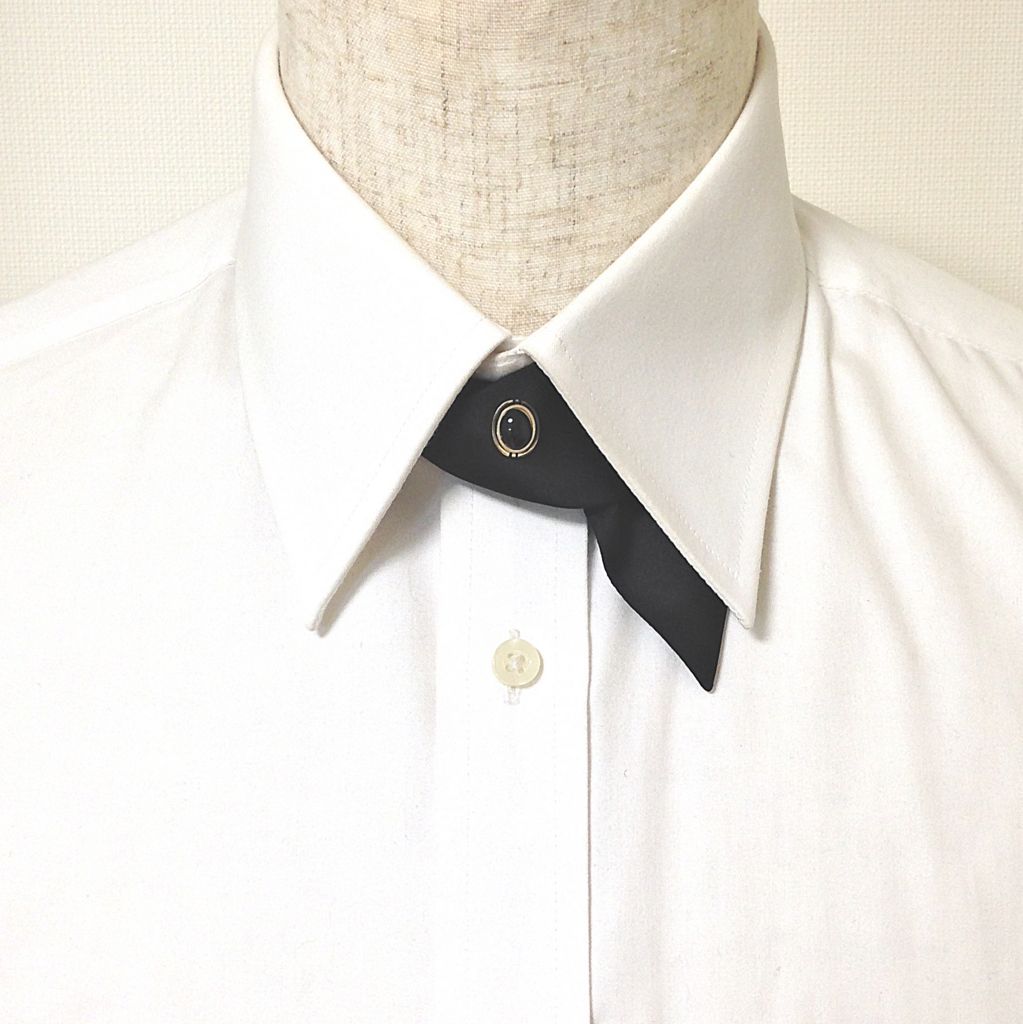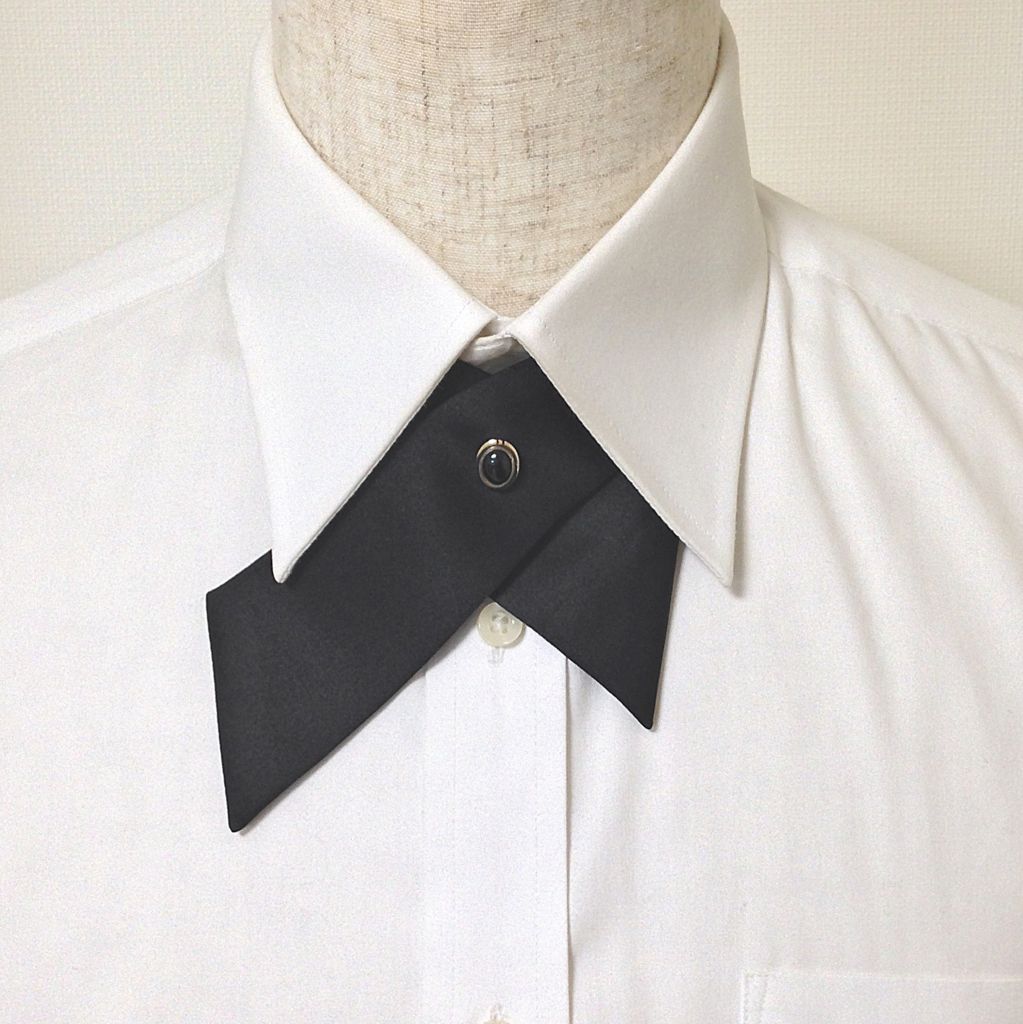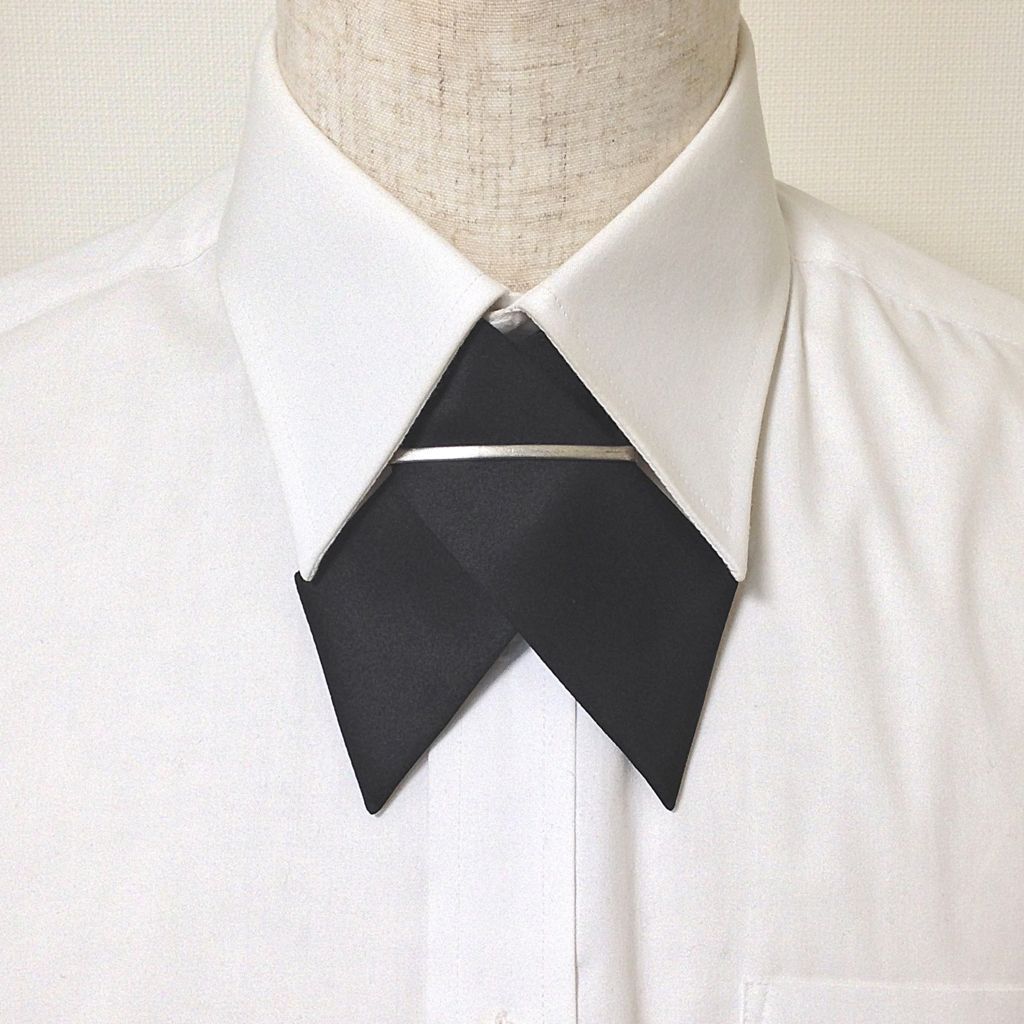Black Tie Dress Code: A Modern Man’s Guide For 2024
Fred Astaire would not have liked what the black tie dress code has become. He, as his old classic tune had it, was “puttin’ on my top hat, tyin’ up my white tie, brushin’ off my tails.” He would have taken a look at standards of dinner dress at awards bashes now – black shirts, standard black suits, no tie at all, cowboy boots, even sequins – and shuddered in his patent pumps.
Today, the black tie or dinner dress has increasingly become subject to fashion, with designers giving the ensemble a makeover and wannabes wearing the jackets on the red carpet with their sleeves rolled. Even Daniel Craig bid adieu to James Bond (hardly a stranger to a bow tie) wearing a hot pink dinner jacket to the No Time To Die premiere.
There was a time when for 007, like any discerning gentleman, a black tie event was as sartorially simple as donning one’s pyjamas. In this most formal of dress codes, there is – or was – little place or purpose for creativity.
What Is Black Tie?
To the letter of the dress code, black tie is handsome and glamorous but it’s also sober and inflexible. You dress to blend in, not stand out.
The suit should be vent-free and in black wool or, better still, midnight blue with satin facing on the lapels and with braid stripes down the trouser seams. Said trousers should be suspended on braces – plain silk ones – not cinched with a belt. The shoes should be plain too, black and highly polished; the shirt a crisp white marcella, with a turn-down not wing collar. Cufflinks should be worn.
The tie should be black – when the invitation reads ‘black tie’ that is not a phrase open to interpretation – in the bow style and require tying. It should not clip on. The cummerbund, if worn, should match your bow tie, which is to say it should be black.
There is no room for novelty in black tie, no space for ‘personality’.
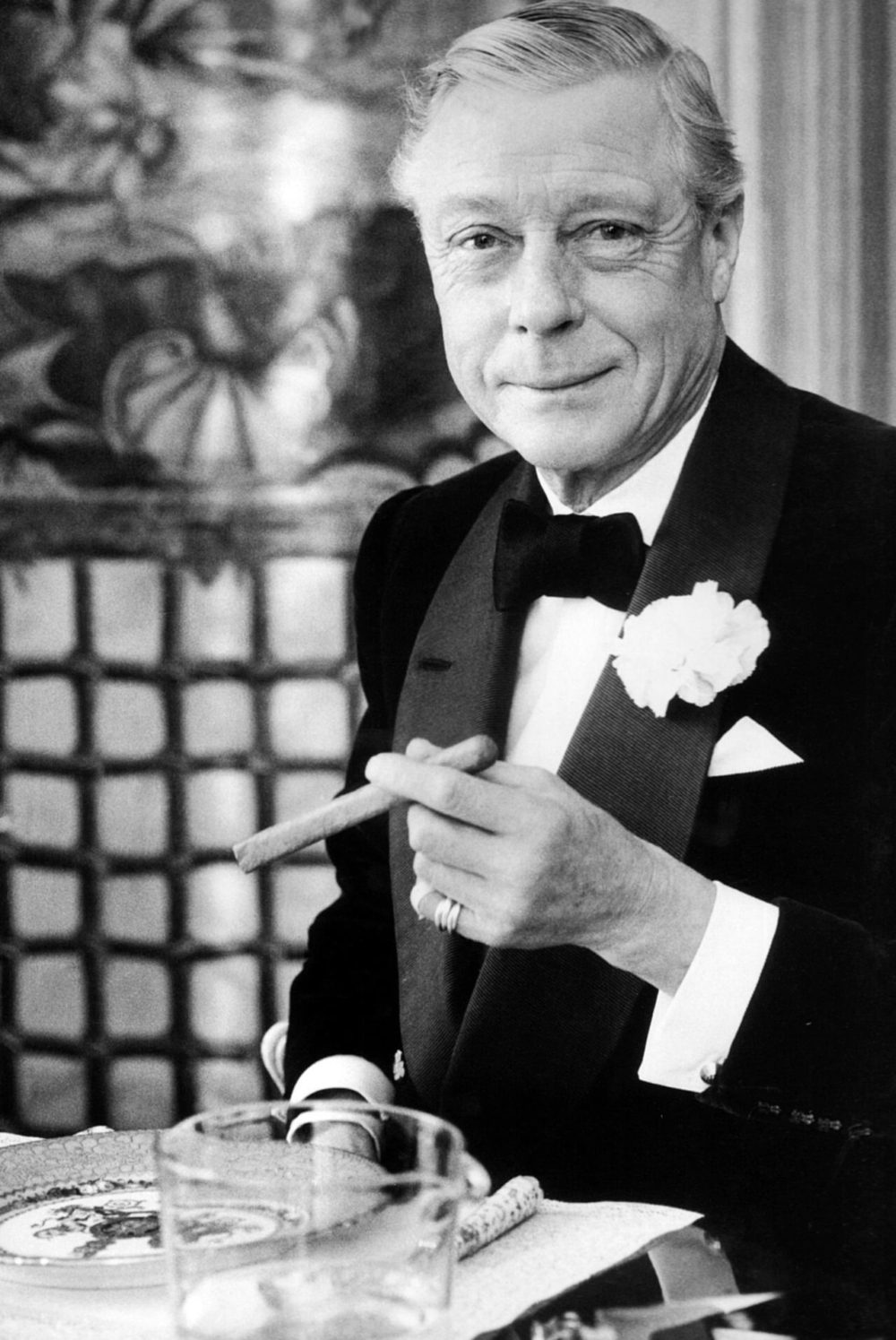
Edward VIII in Black Tie
Why? Because the whole point of black tie, aside from marking respect for one’s host by dressing as requested, is to don the uniform of anonymity – to allow black tie to be, as it is, the backdrop for more glamorous fare: the ladies present, perhaps.
Indeed, properly understood, the dinner suit has barely changed since 1860, when Queen Victoria’s eldest son, the future Edward VII, helped do away with white tie and tails – then worn by the upper classes for dinner, every dinner – by adopting a black lounge suit, which he had made bespoke by Savile Row tailor Henry Poole.
The story goes that a guest of the Prince, James Brown Potter, a millionaire coffee broker, took the look back to the US. There he used it to wow his fellow members of the Tuxedo Park Country Club, from which it takes its less formal (and to-be-shunned) name.
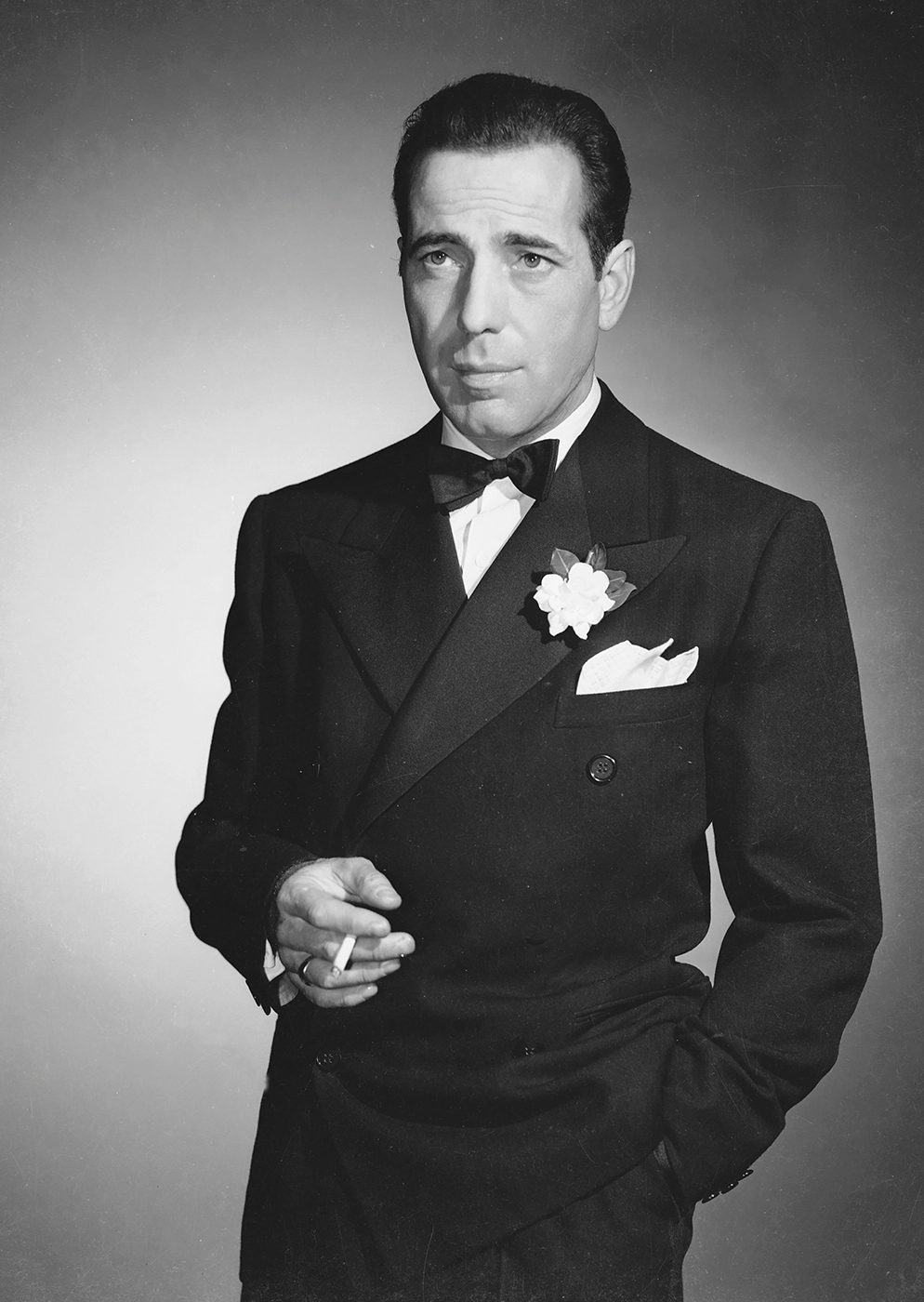
Humphrey Bogart in black tie
It was another royal, the future Edward VIII, who during the 1920s added his own twists, most notably having his suits made in midnight blue fabric rather than black – because, he said, it looked blacker than black in evening light. Edward pretty much defined what would become the archetypal black tie we imagine from old movies starring Cary Grant or Humphrey Bogart. Let these be your role models.
Of course, there have been fashion trends in black tie – albeit subtle ones, shifting over the decades rather than from season to season. But, if you’re buying a dinner suit – and you won’t be able to hire anything less than a classic style, if you really have to hire one at all – fashion should be handled with extreme care.
The fact is a dinner suit is typically rarely worn, but is worn over many, many years. You may feel cool in that skinny lapel, crop-trousered dinner suit now. Next time you’ll look like an idiot. Perhaps, rather than discarding the code of dinner dress, there is only the littlest of wiggle room to play with it, with a just a touch of peacockishness: a colourful silk square in the pocket, for example.
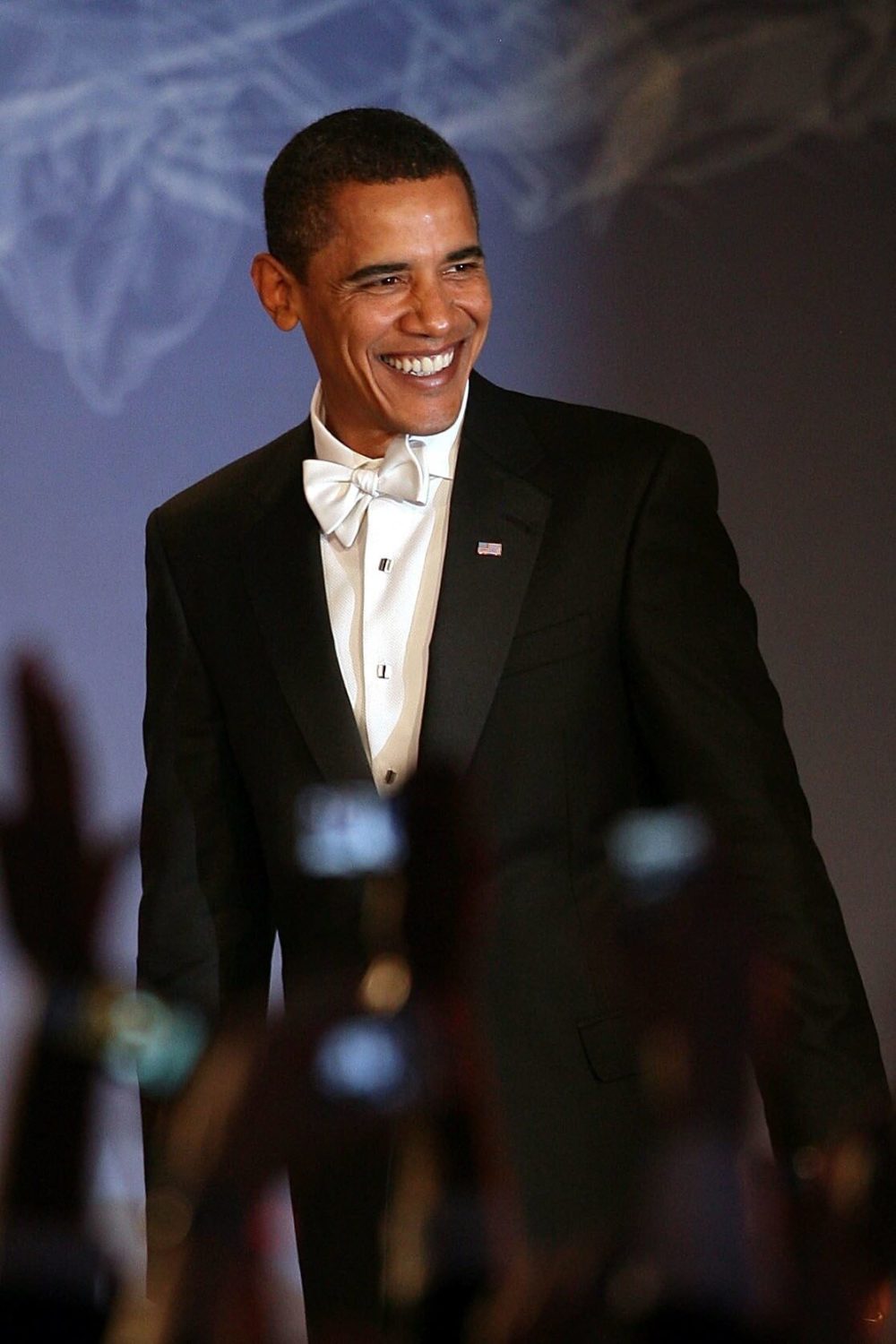
Barack Obama gets it wrong with a white bow tie
Yet tread lightly, because it’s easy to get it wrong. Even Barack Obama, a man surely not short of advisers, slipped between the two tribes: traditional for his first White House black tie dinner, but not before experimenting with ‘President as Waiter’ (a black business suit with a standard black silk tie), ‘President as Prom Date’ (the same, but this time with the faux pas of a white bow tie), and ‘President as Gangster’ (the same, but with a standard white silk tie). Such errors are remembered. Make sure yours are not.
Black Tie: The Key Pieces
Dinner Suit
Traditional black tie tailoring consists of the following: a wool jacket, usually single-button, with no vents and contrast lapels (preferably satin) in black or midnight blue; and plain trousers with a braid or satin trim on the outseam. Keep the fit classic.
A smoking jacket in velvet may be subbed in and, in recent years, fashion has experimented with different colours and materials to either update or sully the classic style, depending on your point of view. If you do experiment, muted colours and materials will almost certainly age better than anything too bright.
Dress Shirt
Forego those weird wing collars for something turned-down and pointed. It was good enough for Cary Grant and it’s good enough for us. You could opt for a bibbed shirt if you want to go completely traditional, but we wouldn’t say it’s essential. Again, experiment with colour (or ruffles, or embroidery) at your own risk.
Bow Tie
Whatever you do with the jacket, keep the tie black. The clue’s in the name and besides, anything else looks a bit costume-y. We’d also urge you not to buy a clip-on. Get a proper bow tie and invest the five minutes it takes to learn how to tie it properly.
Shoes
Black patent Oxfords are the classic black-tie footwear option but, assuming you’re not planning to wear a dinner suit every weekend, you won’t get much wear from them. In our opinion, a classic Oxford is more than OK.
Accessories
How you accessorise black tie will be a matter of personal style but we’d argue that less is more. The only essentials are cufflinks. A dress watch is preferable (and the metal would ideally match your cuffs). A pocket square is passable, but keep it white and minimally folded. A cummerbund is a little dated but if you fancy it, go black.
3 Foolproof Ways To Wear Black Tie
Traditional
It’s simple: dress like James Bond. There are few things in menswear as striking as a well-fitting dinner jacket in black or, more traditionally, midnight blue. The fit really is essential: you’ll easily look like a waiter in a slack rented number, so buy your own if possible and get it tailored.
Keep the details clean and stripped down. Don’t go too slim or too wide with the lapel, ensure the trouser length is millimetre-perfect and match your metals.
Smoking Jacket
With dress codes of all kinds becoming less formal, a velvet dinner jacket is a relatively safe way to do something different with black tie. The soft lustre of the fabric lends a kind of comfortable glamour to the penguin suit.
Daniel Craig just about pulled his off in pink, but black or muted colours such as deep green or burnt orange are safer bets.
Rule-Breaking
‘Creative black tie’ is every bit as infuriating as ‘smart casual‘ and includes a dizzying breadth of styles. But at a time when traditional formal dress codes mean less than ever, you can interpret black tie in your own way.
For our money, the safest bets are patterned jacquard dinner jackets, careful use of colour, and subbing the shirt and bow tie for a roll neck or even a black T-shirt (safer when the invitation says ‘eveningwear’ rather than ‘creative black tie’).
The Best Black Tie Brands
Ralph Lauren
He’s the grand duke of American prep, so of course he does a line of dinner jackets. Ralph Lauren’s collection of black tie attire is glamorous and luxurious, especially those handmade pieces from the Purple Label. You’ll also find subtle peacocking touches such as extra-wide or shawl-style lapels.
The man himself is known to occasionally wear his dinner jackets with jeans, but he’s the only man alive who can pull that off.
Favourbrook
This label is British designer Oliver Spencer’s bit on the side. Specialising in small runs of upmarket occasion dress, the brief Spencer seems to have given himself is formalwear, but not boring formalwear. You’ll find exquisite dinner jackets in the traditional midnight blue and black, but also in a range of other colours and patterns.
Suitsupply
Double-breasted dinner jackets, statement lapels and a mix of classic and playful colours mark out Suitsupply’s range of tailored eveningwear. As ever with the Dutch label, value for money is remarkable, with designer-quality tailoring coming at a fraction of what others would charge.
Tom Ford
The only Texan tuxedo you ever need to know about is Tom Ford’s. The Austin-born designer does laser-precise eveningwear for every kind of black tie invitation that might come your way. From impeccable wool and velvet dinner jackets to patterned jacquard and baby pink colourways, it’s all exquisite.
Emma Willis
Found on London’s Jermyn Street, where for decades the finest shirtmakers have plied their trade, Emma Willis does traditional style at exceptional quality. The designer’s collection of evening shirts are no exception: cut and sewn by hand and finished with classic details such as bibbed fronts and real mother of pearl buttons.
Turnbull & Asser
Another British heritage shirtmaker, Turnbull & Asser have been at the button-ups since 1885 and proudly holds a Royal Warrant. Also residing on Jermyn Street, the label’s impressive collection of evening shirts include the traditional and the left-field, including ruffled fronts and embroidered designs.
Crockett & Jones
Established in 1879, Crockett & Jones is one of the UK’s many historic shoemakers, worn by the likes of the Prince of Wales and James Bond. Such is the shine of their patent Oxford you’ll be able to adjust your bow tie in your reflection, but should you wish to break with tradition and get a simple leather shoe (that you’ll certainly get more wear from), its collection of formal footwear is second to none.
Loake
Loake does heritage footwear and traditional design, often at a more attainable price than many of its Northamptonshire counterparts – partly because not all of their shoes are made in the UK. Not that we can fault the quality of their patent and non-patent Oxfords, the only styles you’ll want to complete your black tie outfit.
A Brief History of Black Tie
1935: Fred Astaire appears in Top Hat. He dances in tails to Irving Berlin’s signature song and reminds the world of what even by then was largely a bygone style. White tie is still worn today, but only in exceptionally formal occasions, like dinner at a ball. In a palace. With the Queen.
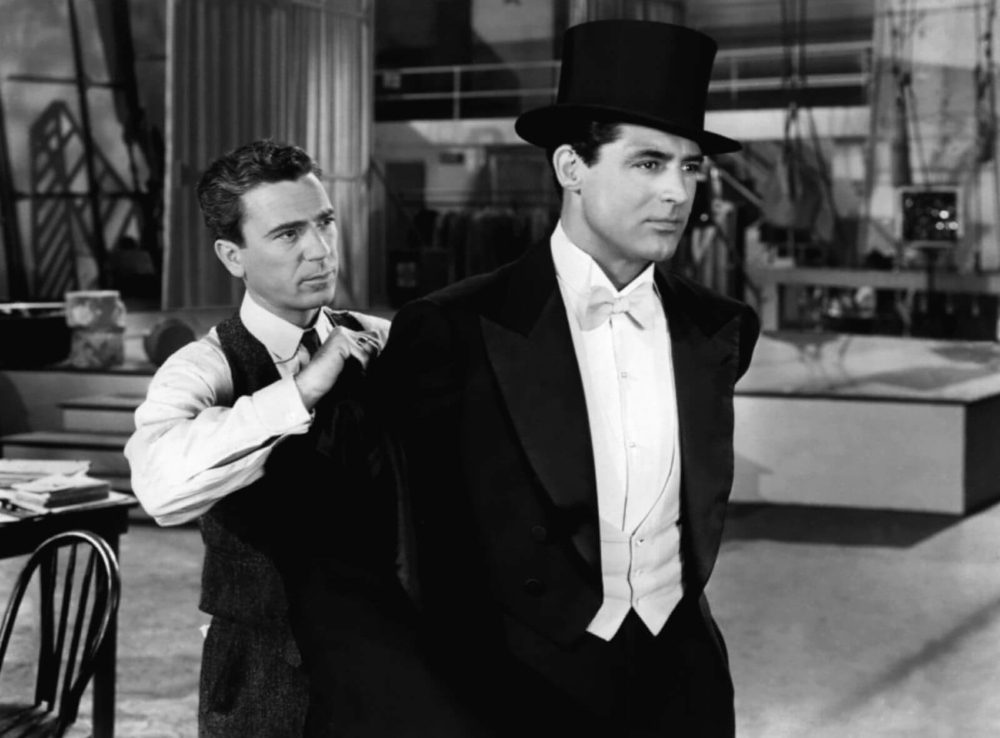
Cary Grant in Night and Day
1946: Cary Grant’s black tie steals the show in Night and Day. Come 1962, with the release of That Touch of Mink, he is going off reservation. Note: it is the only Cary Grant movie in which the serial black tie maestro wears a cummerbund.
1956: So-called “supersonic separates” take over black tie dressing, thanks to an issue of Esquire that features men wearing black trousers but shiny metallic jackets in neon and ice-cream colours. It’s all very Space-Age-meets-Las-Vegas-crooner.
1960s: The swinging decade brought a need for a swinging alternative to the bow-tie, the first of its kind. Introducing the Continental cross-over tie (see above) – a silk strip that overlapped where the knot would normally be, and fastened with a button.
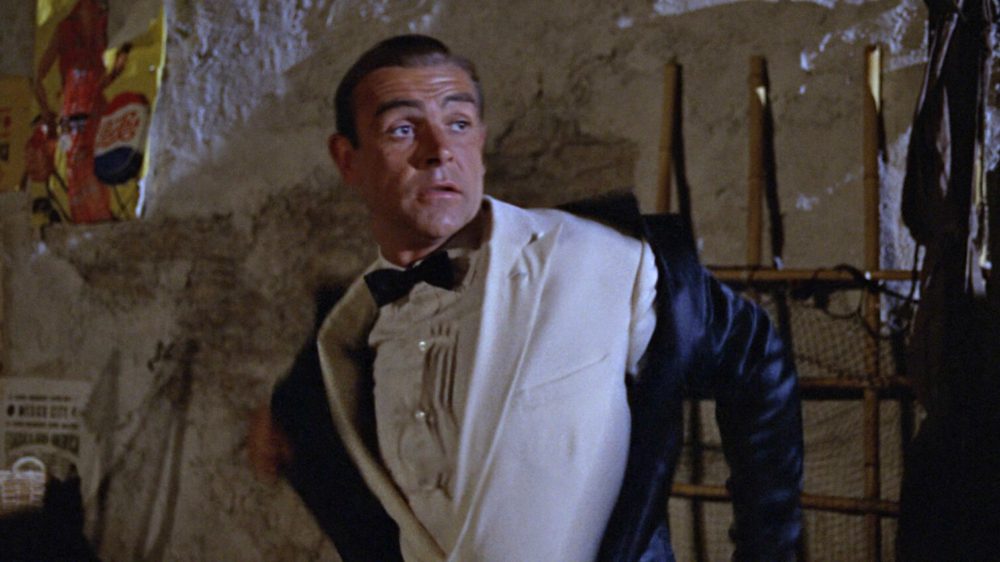
Connery in Goldfinger where James Bond unzips his wetsuit to reveal his black tie attire
1964: James Bond risks serving cocktails for the night by unzipping his scuba gear to reveal his evening dress, including an off-white peak-lapel dinner jacket. The style has traditionally been worn in warm climates. That counts out the UK then.
1970s: The years of black tie rebellion. Dress Right, a best-seller of 1978, advises that as long as a guest wears something formal “black tie” actually means that the “style or colour is beside the point”. Enter Edwardian jackets, flouncy cuffs, crushed velvet – it’s all a bit Austin Powers.
Early 1980s: The return of traditional black tie, in black. But these remain the rental years, when having your own seemed extravagant and wearing a beer-smelling, ill-fitting, polyester number some other cheapskate had been wearing the night before seemed clever.
Late 1980s: A new vogue for alternative dinner dress materialises in line with men’s growing interest in style – the wing collar, skinny ready-tied bow and cummerbund appears (ideally in red), as does the Spencer jacket. It’s a tail-less tailcoat. And it looks as bad as it sounds.
2000s: Three words every tailor cringes at: “creative black tie”, found on invitations to glitzy events, most notably the Oscars. It effectively gives license to ignore the rules and find your own interpretation of “dinner dress”. Disasters follow.
2006 Onwards: Thank Bond again. Daniel Craig’s debut as the new 007 in Casino Royale requires some visual cues that Bond is back – even if he looks a bit blonde. The solution? Put him in the most classic of black tie attire. Proper dress etiquette becomes cool again. But by this point, velvet jackets, different colours and individualism have infiltrated black tie, maybe for good.
